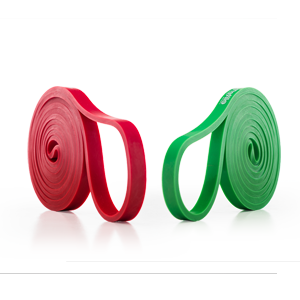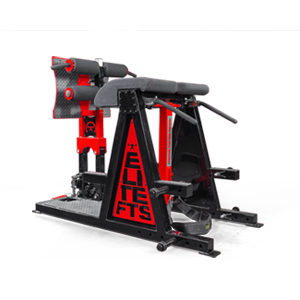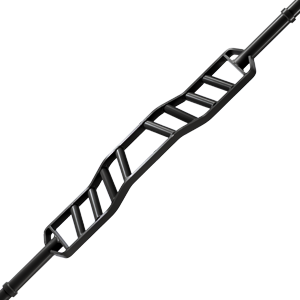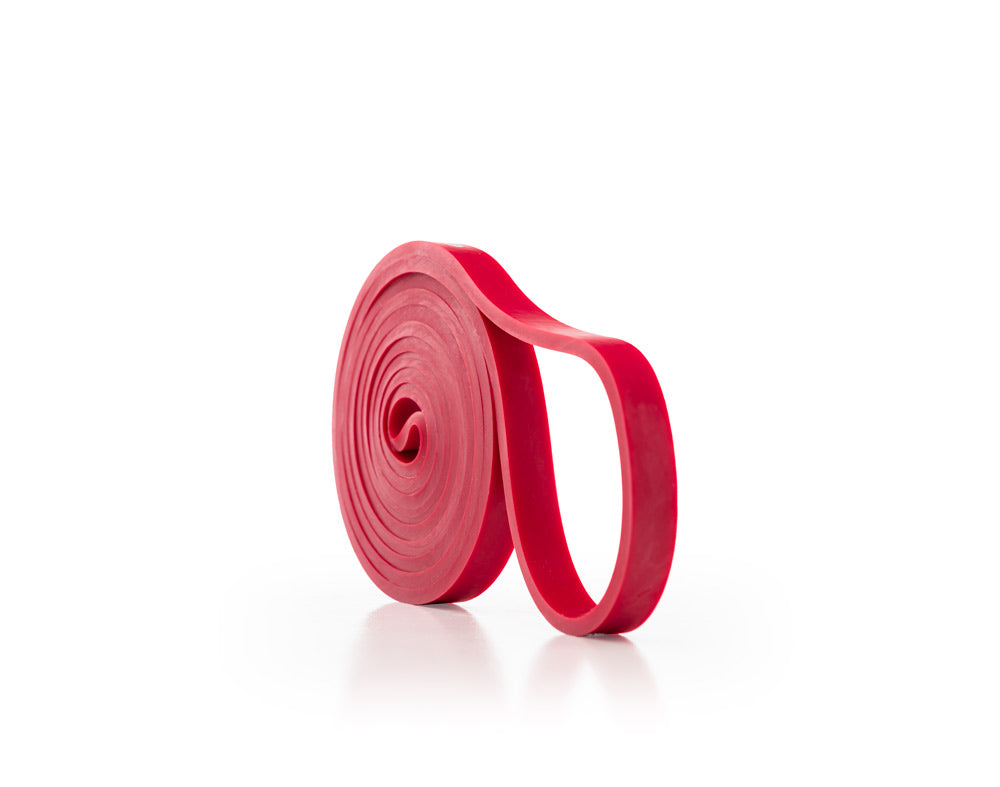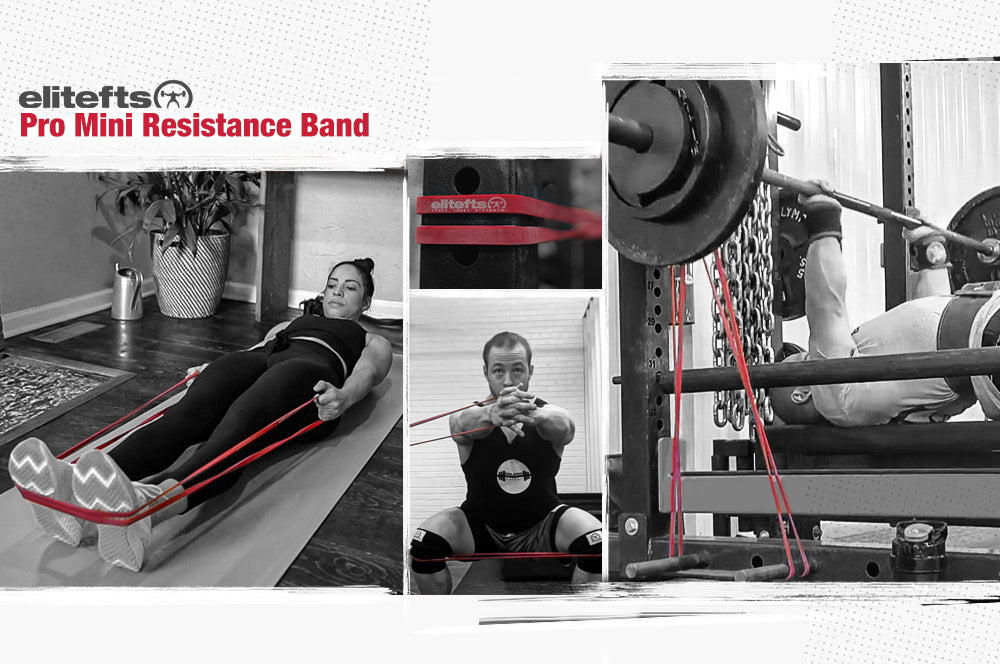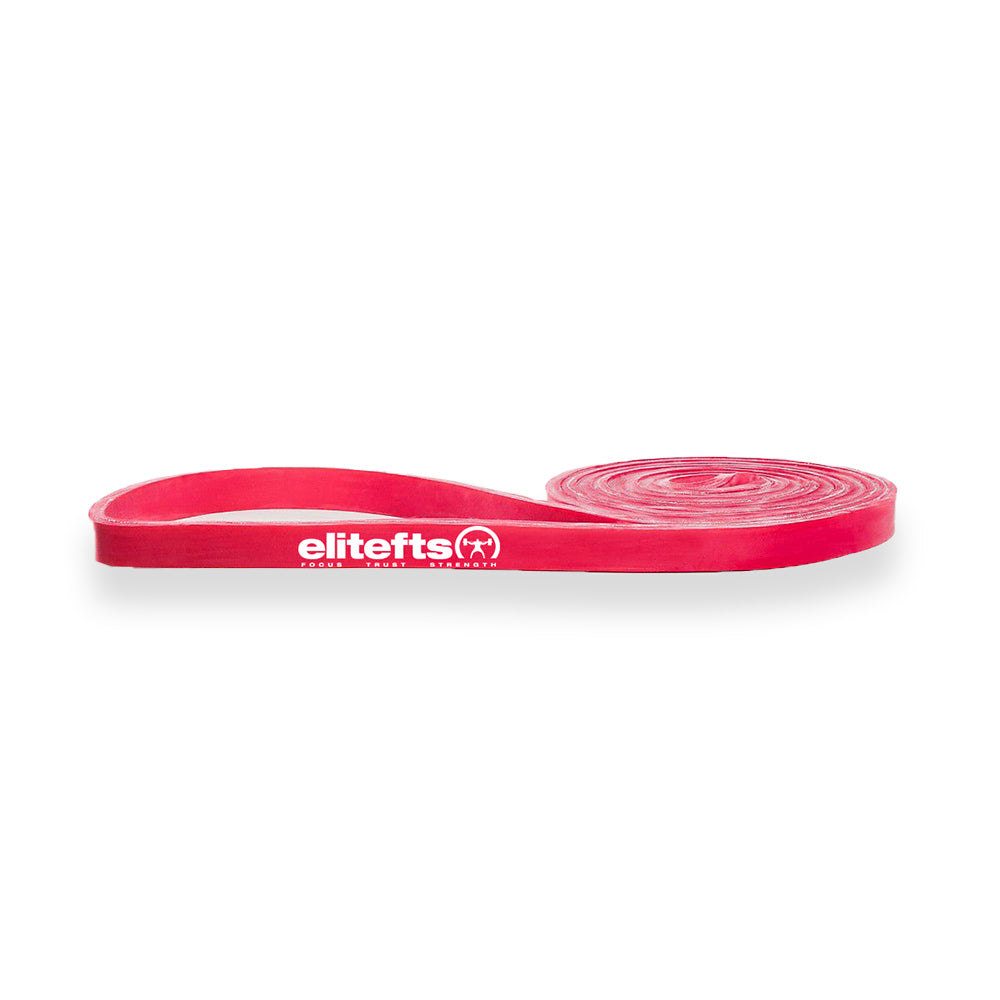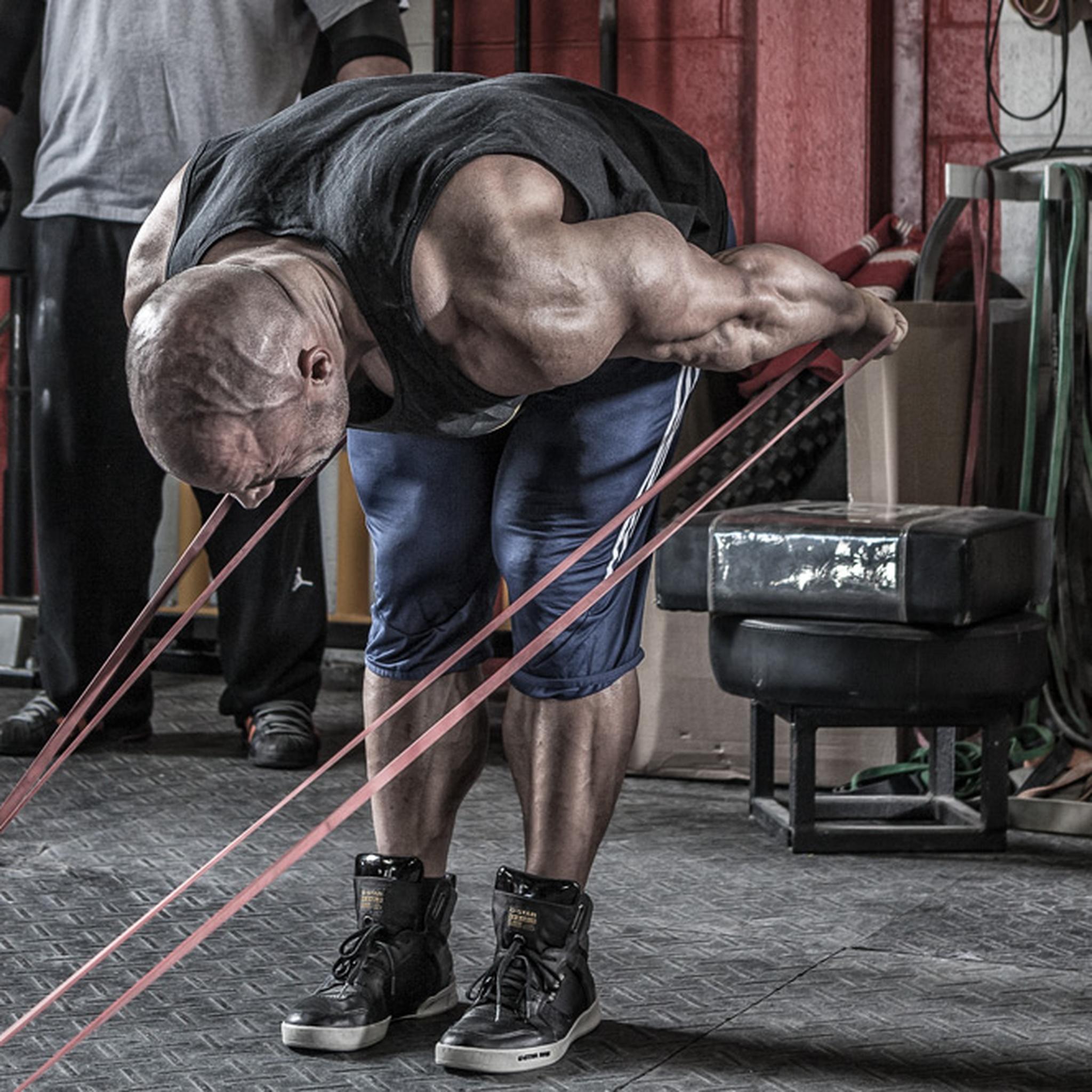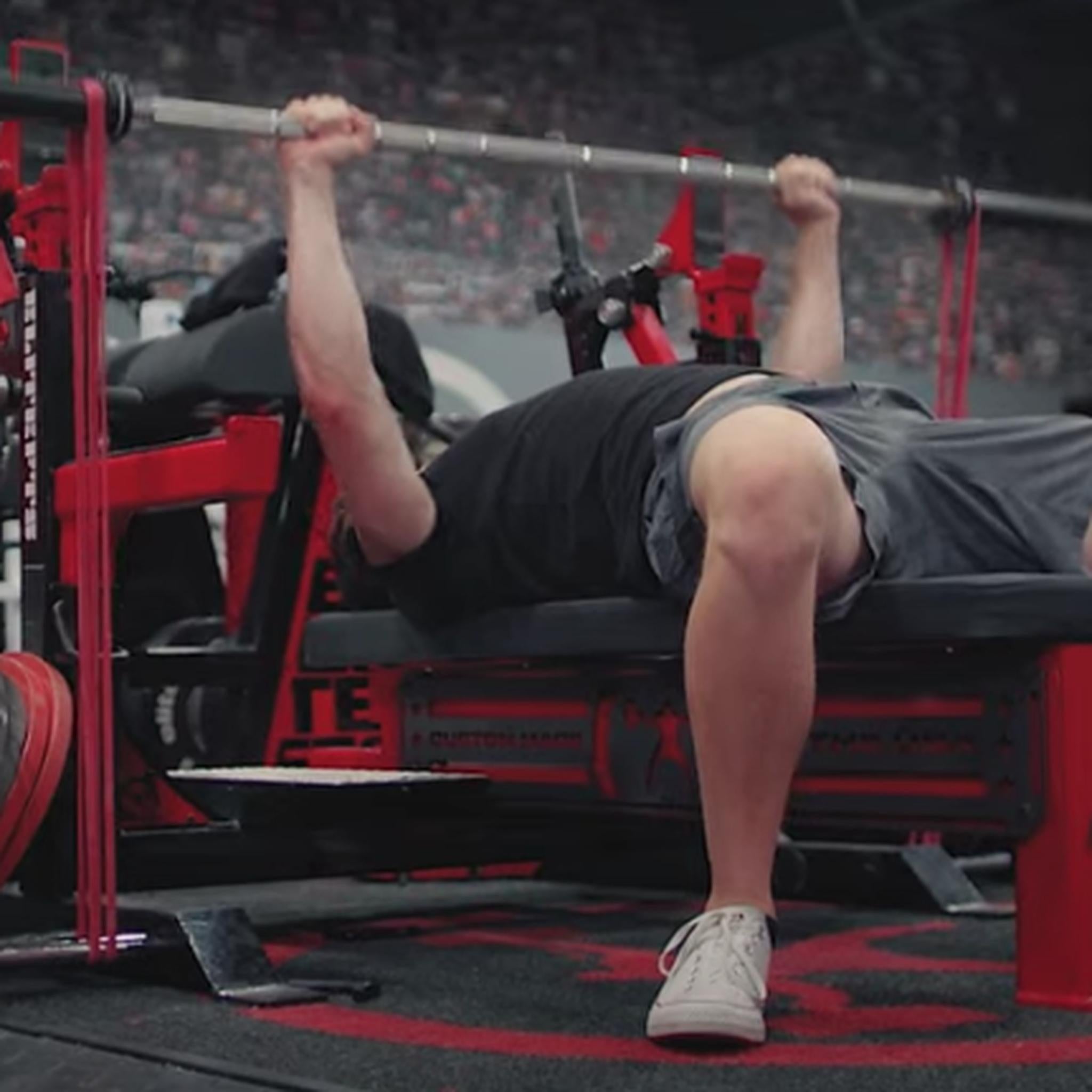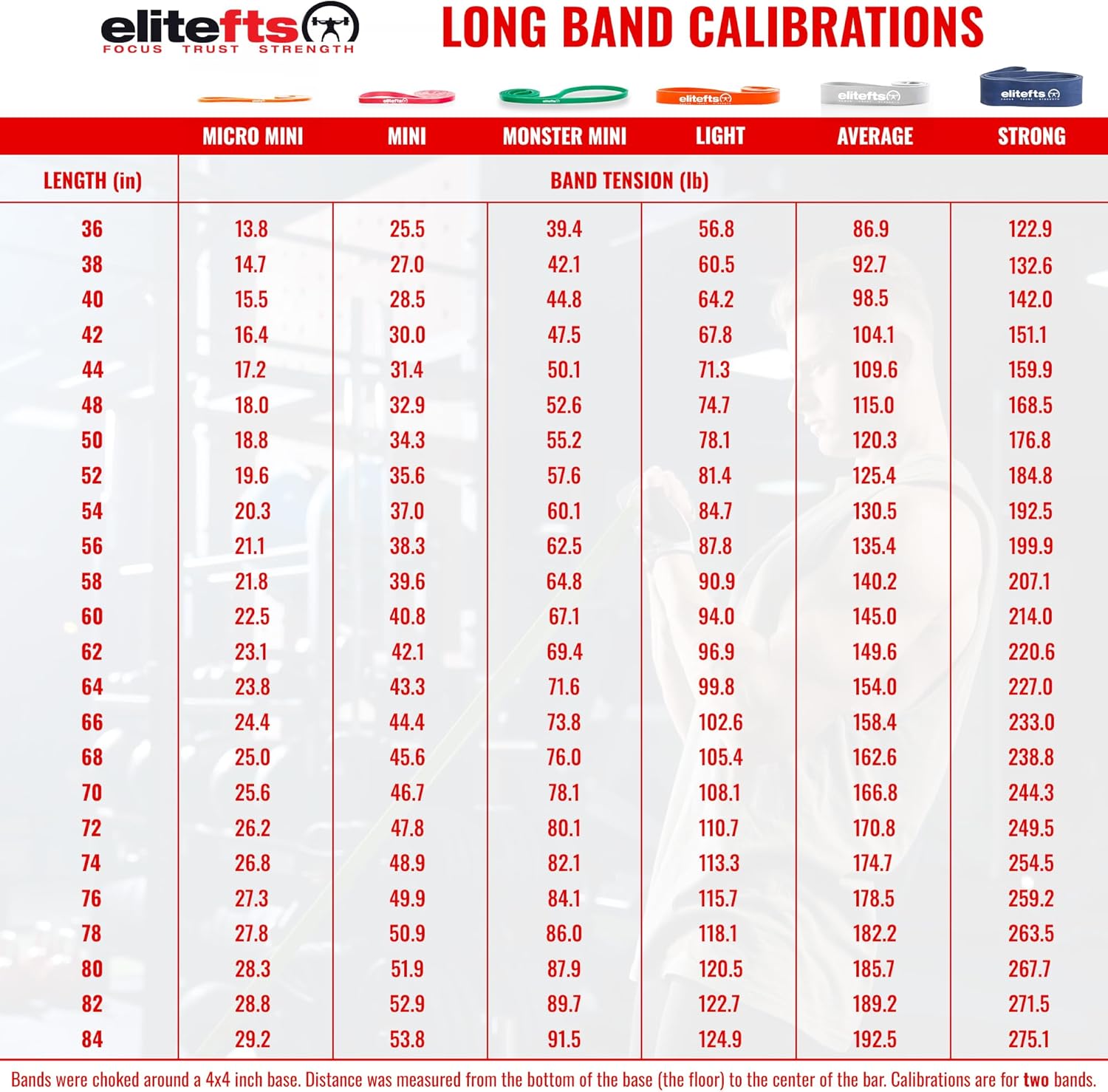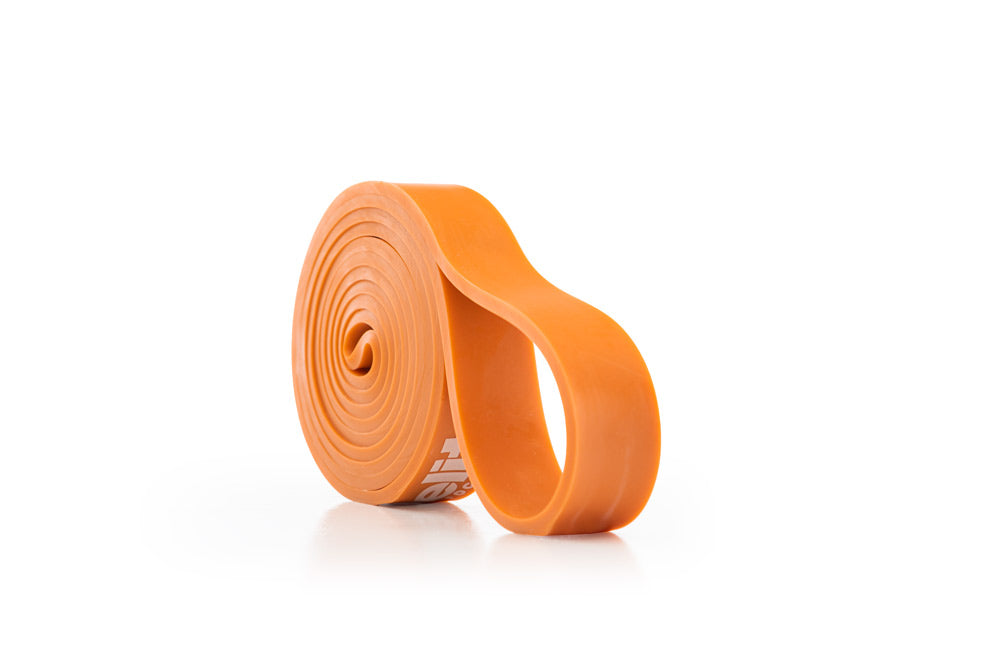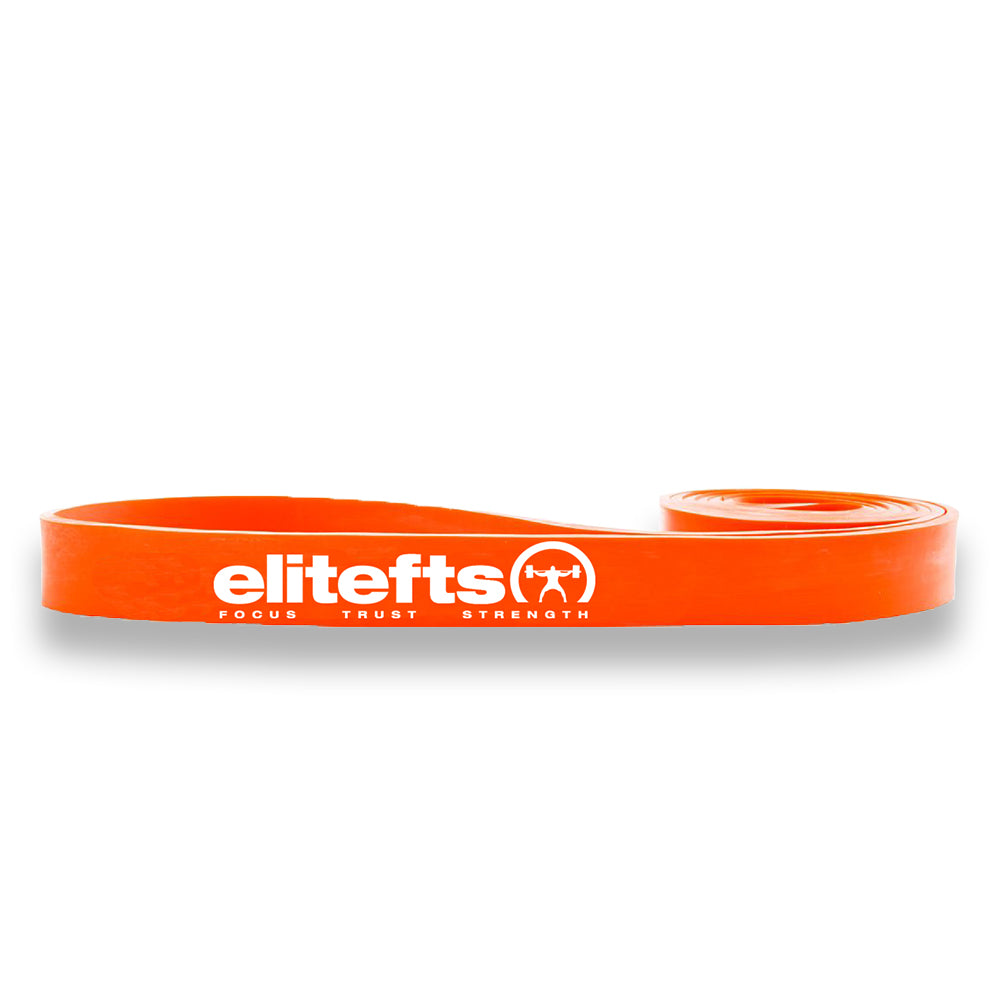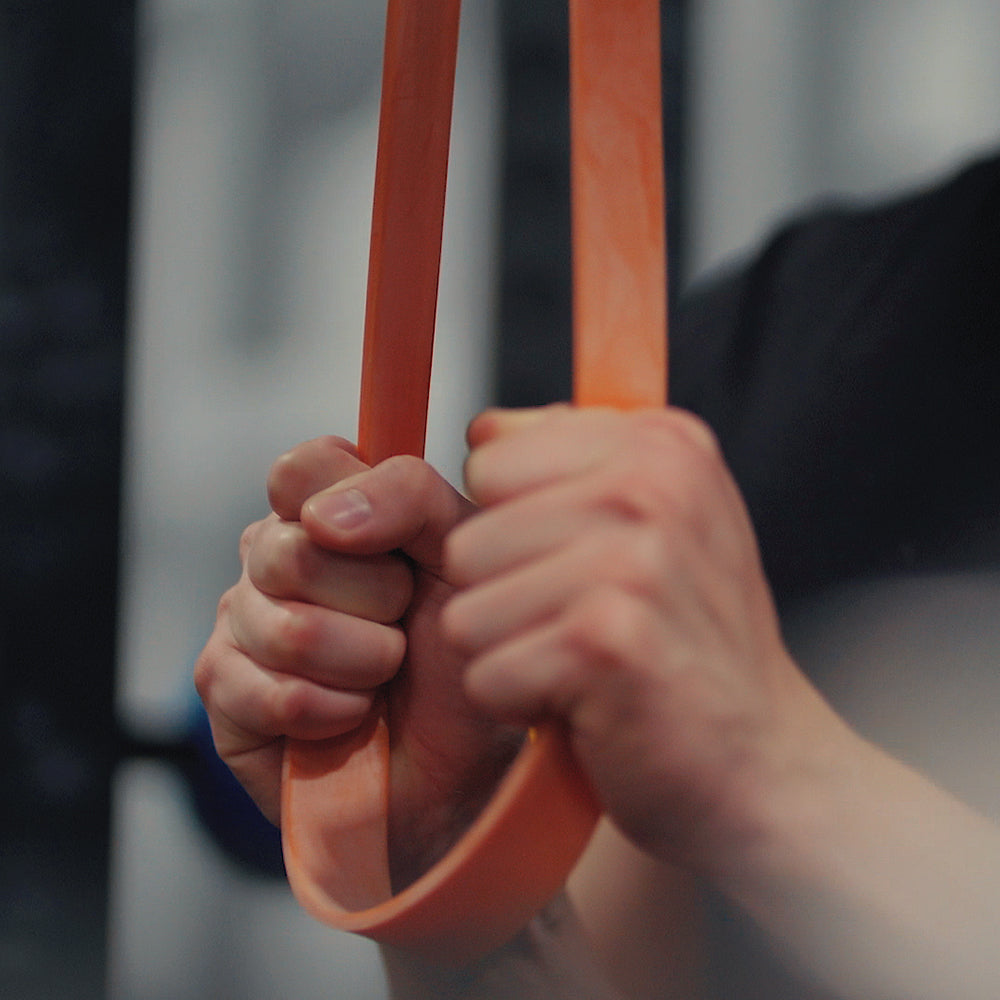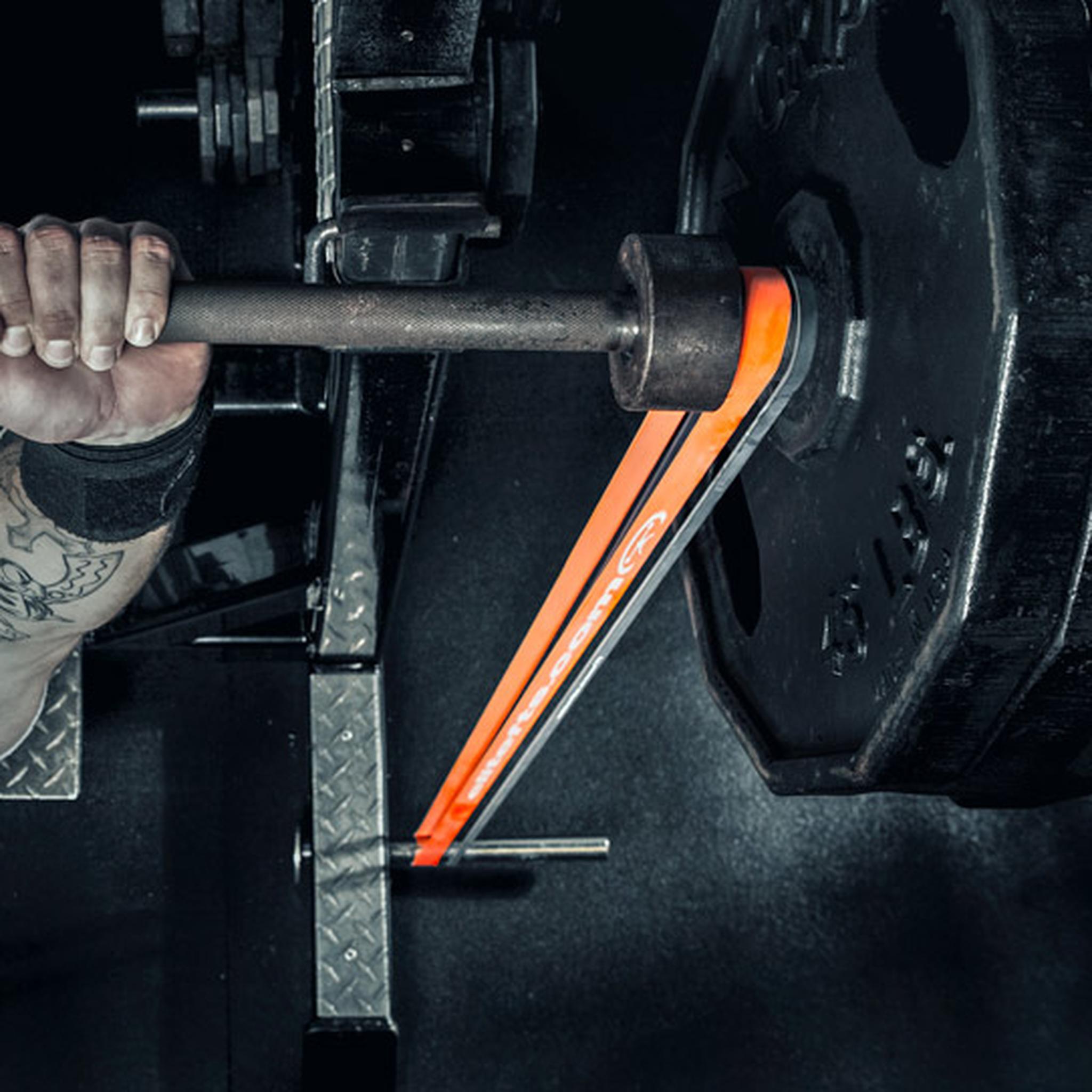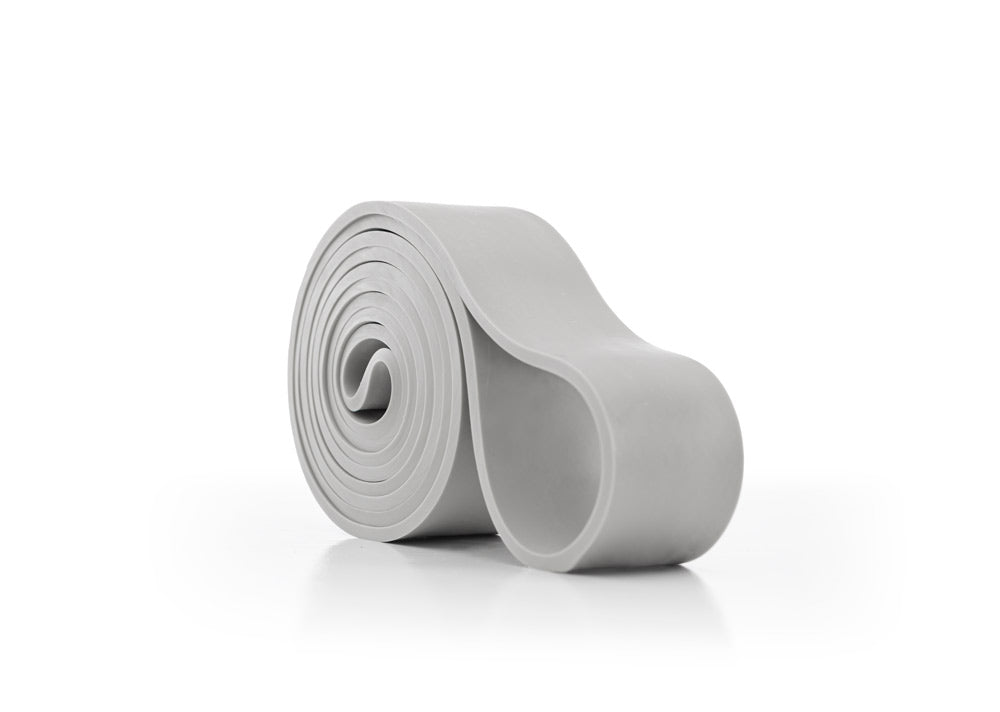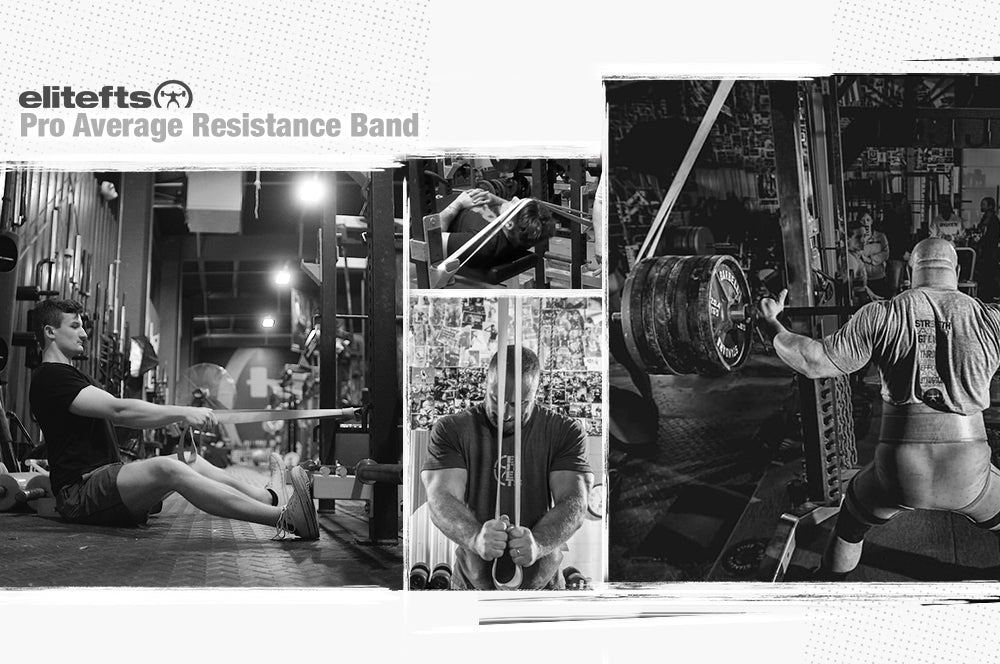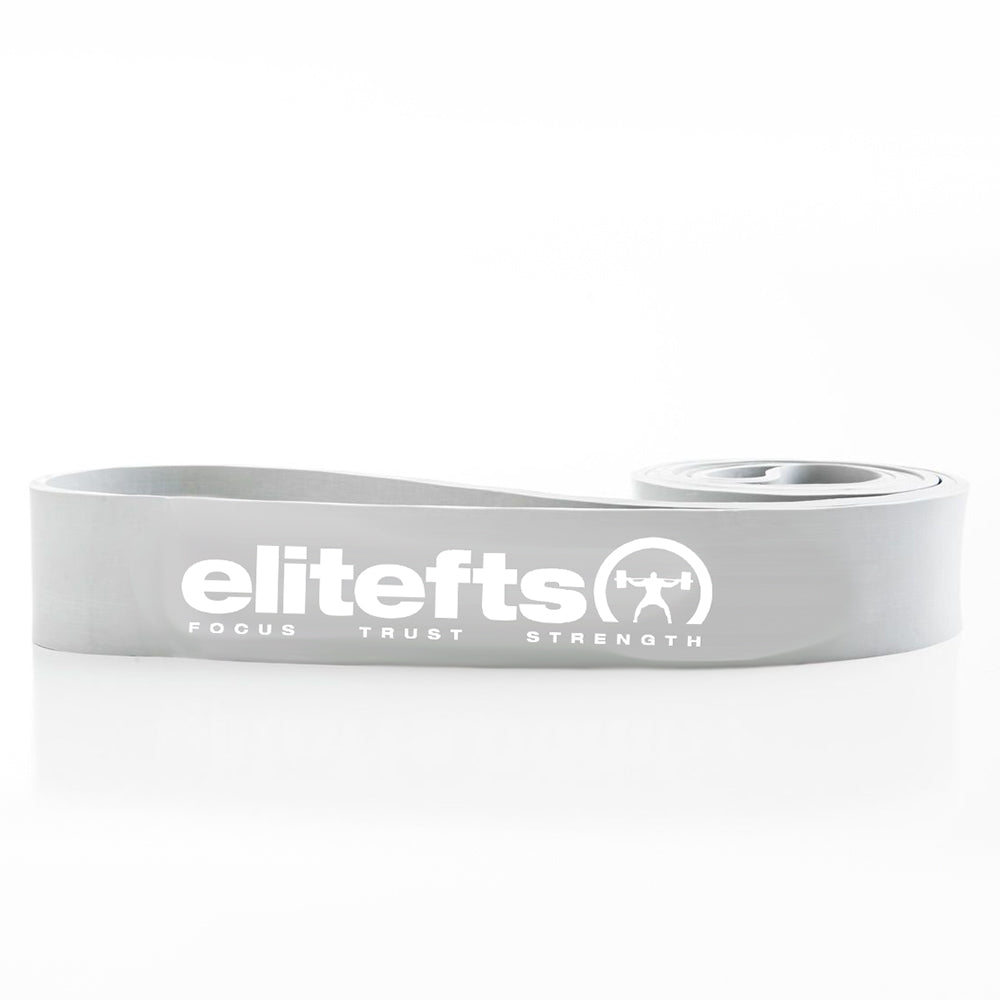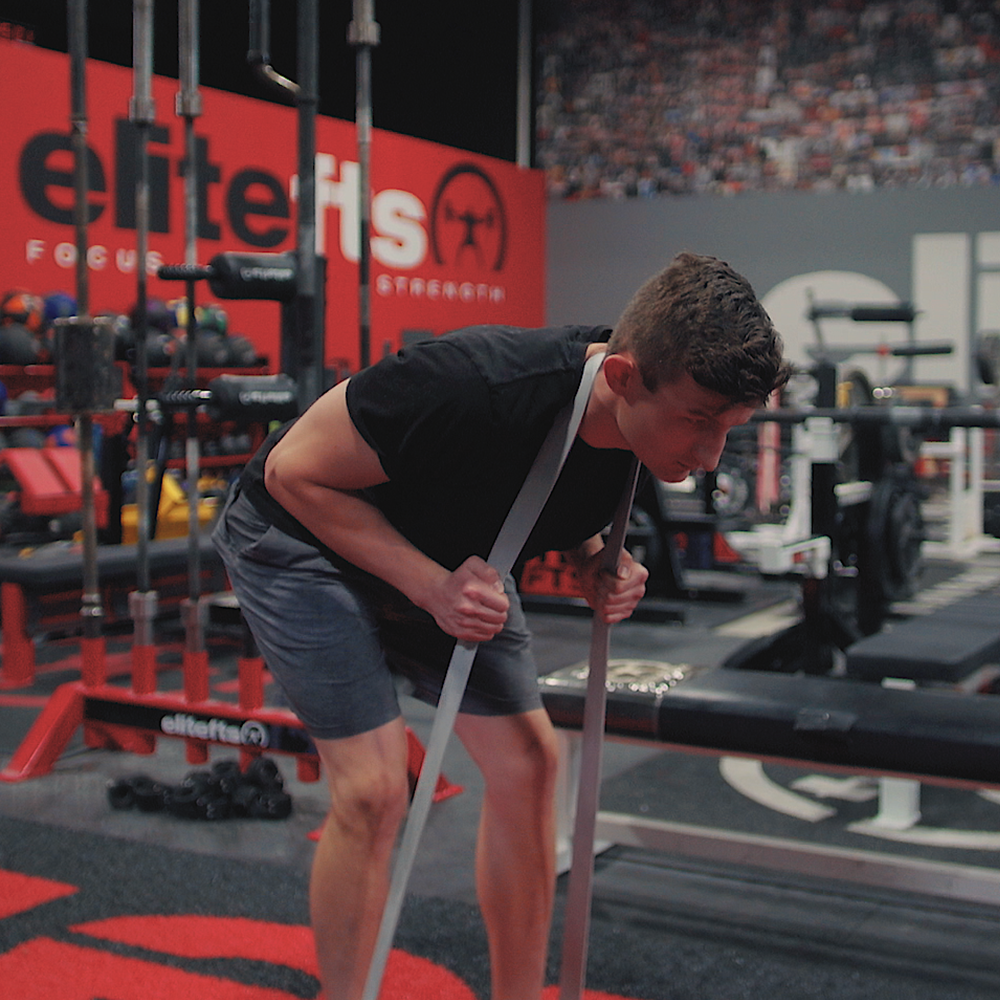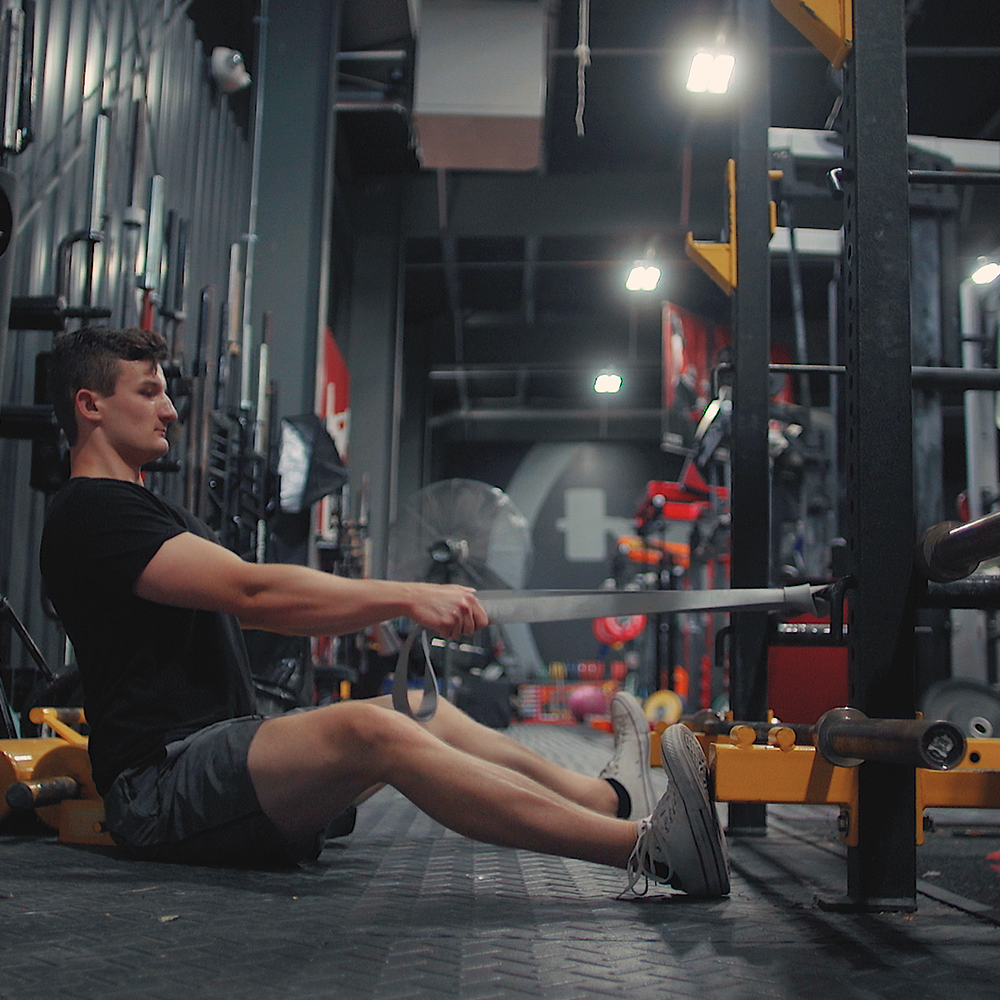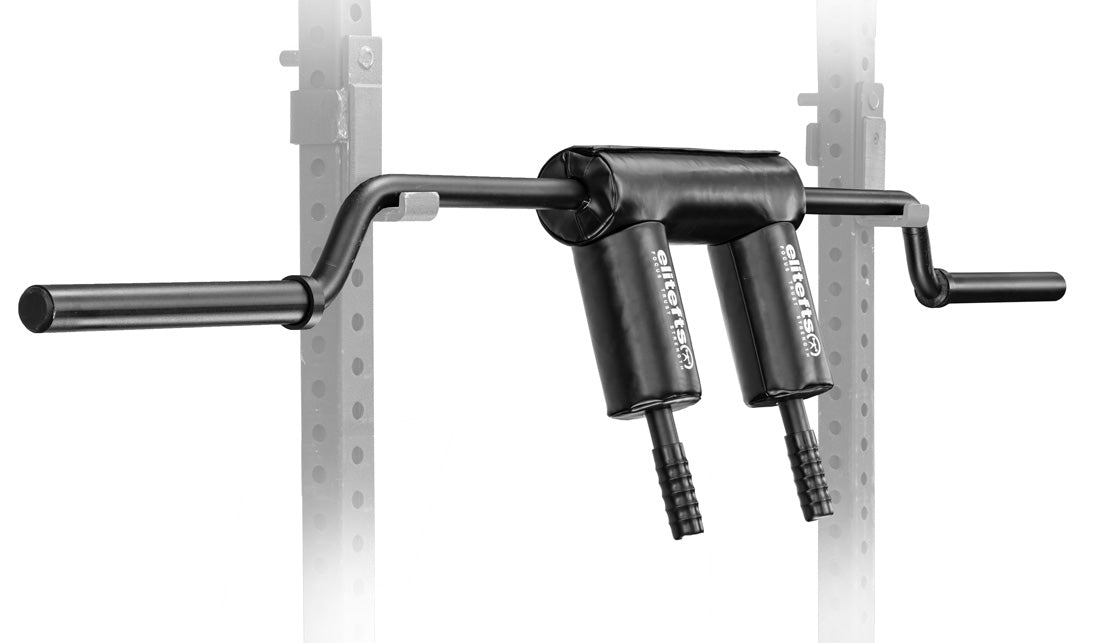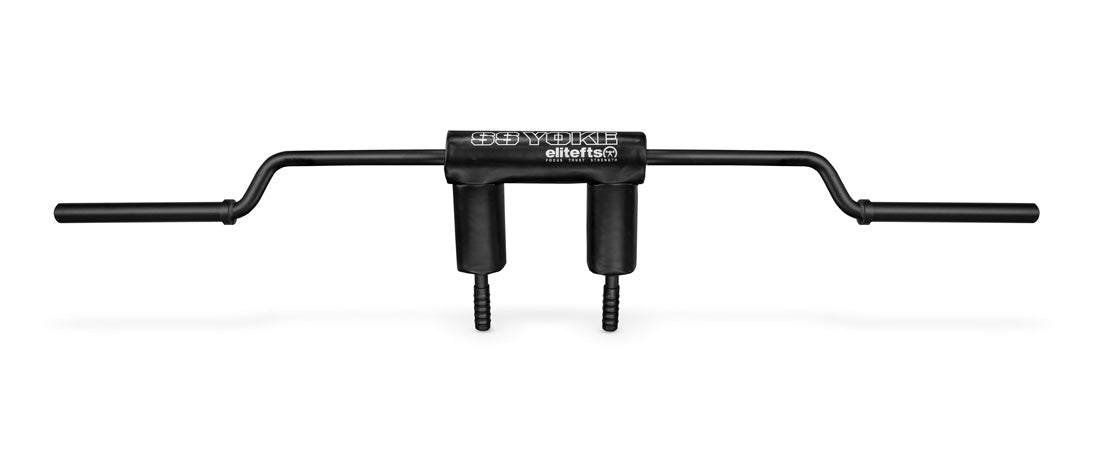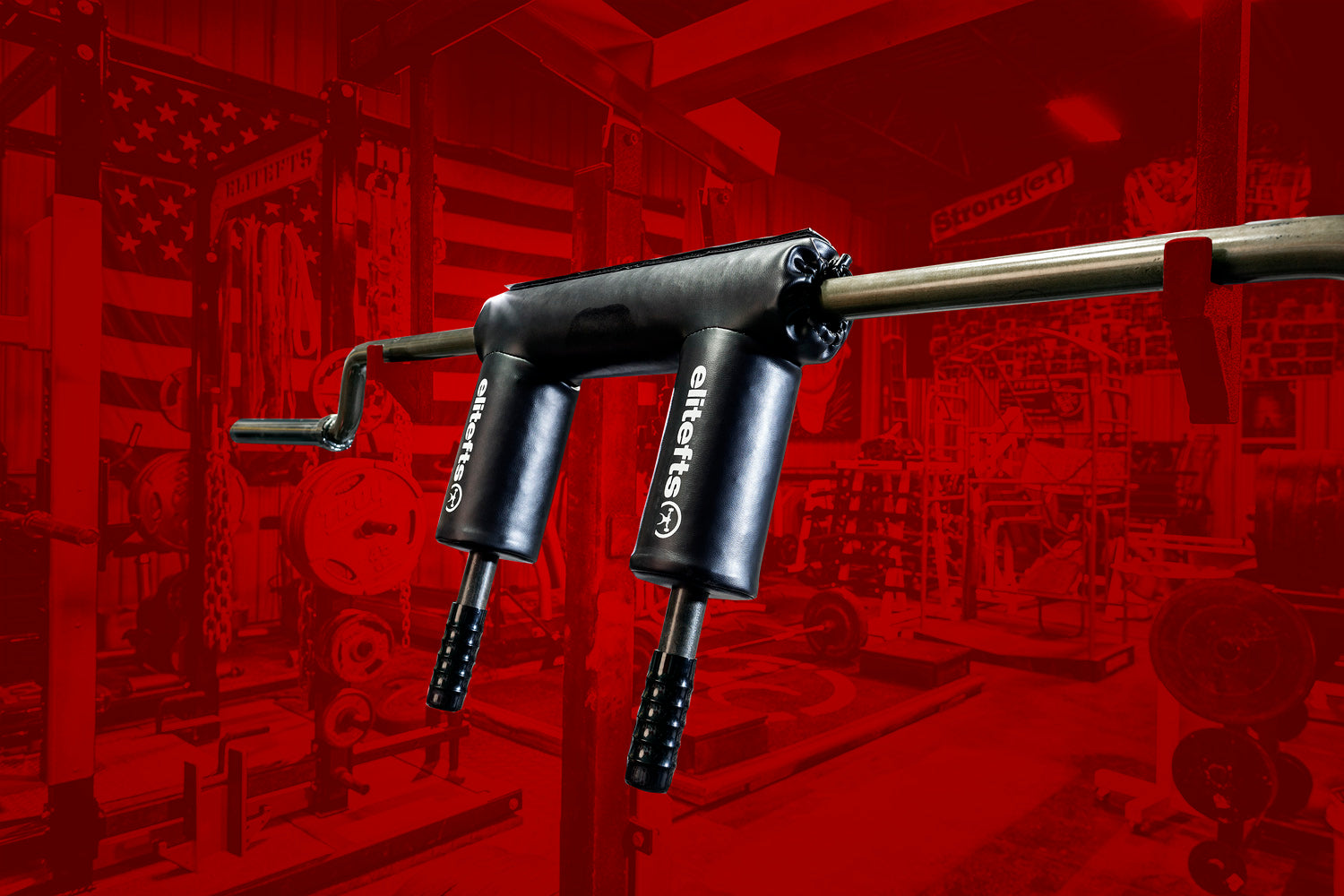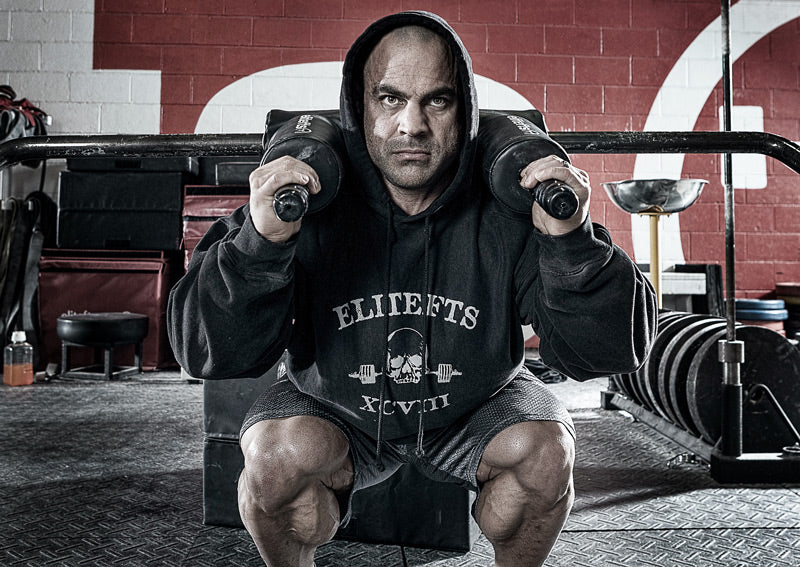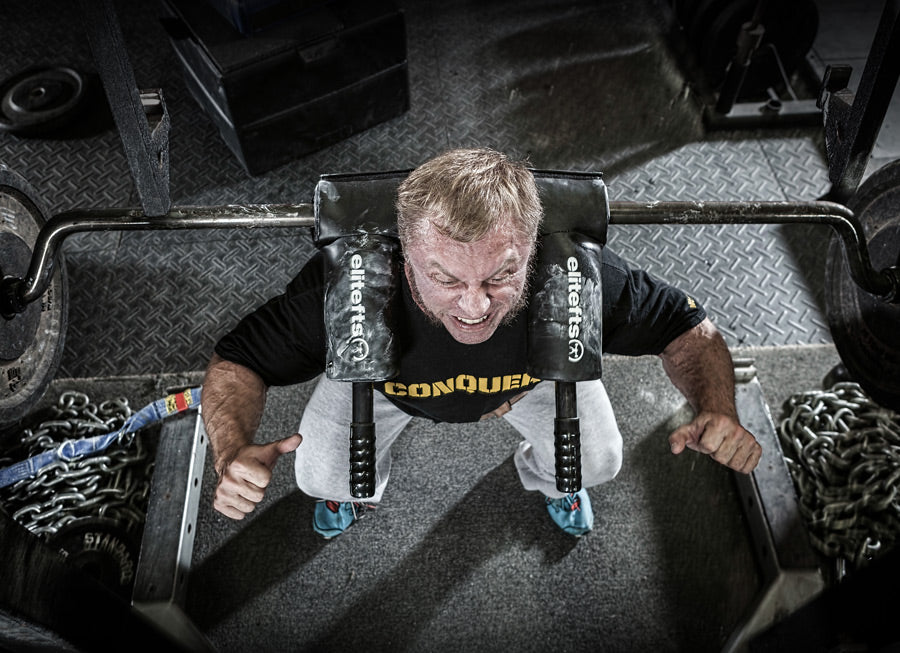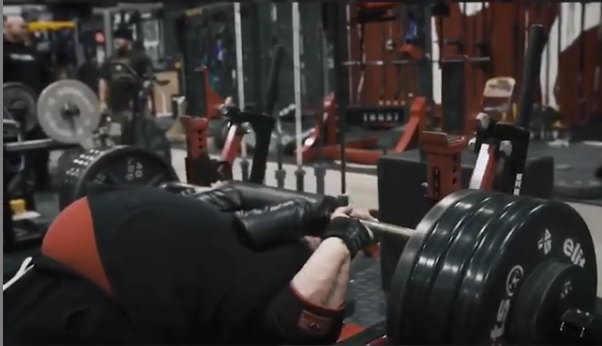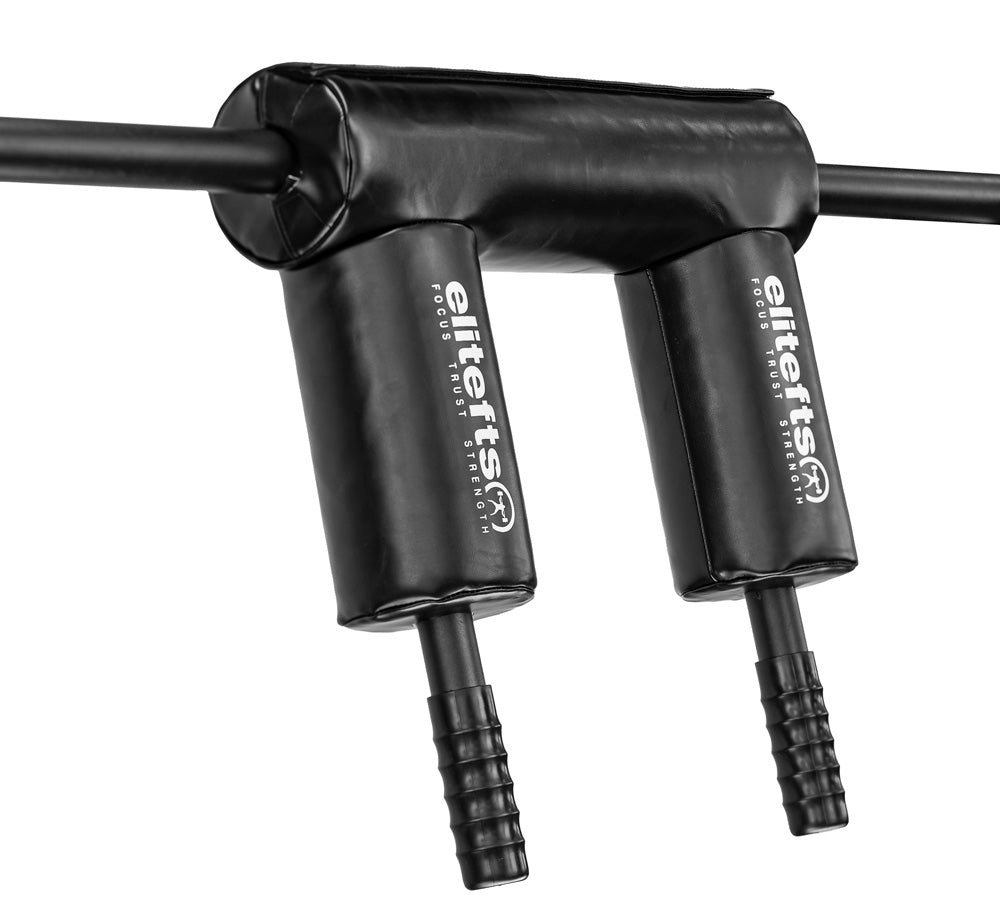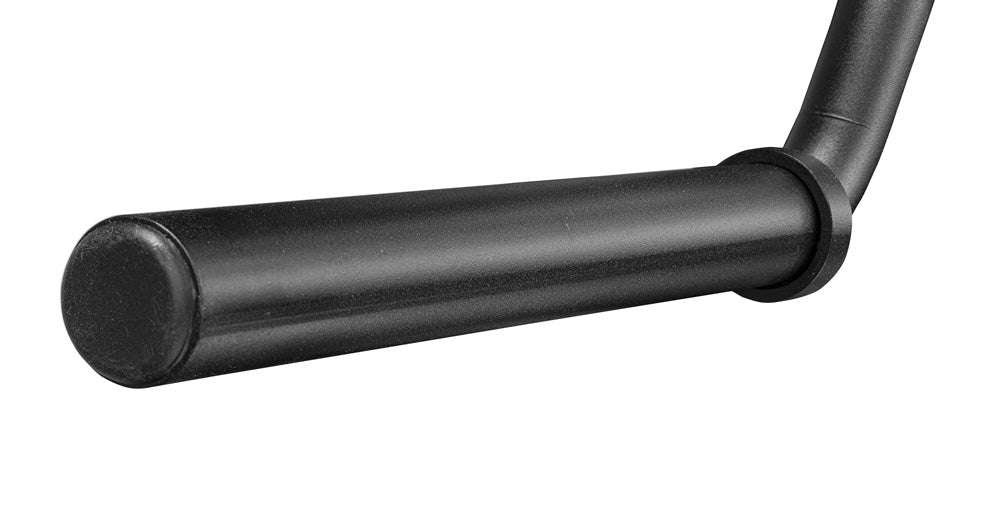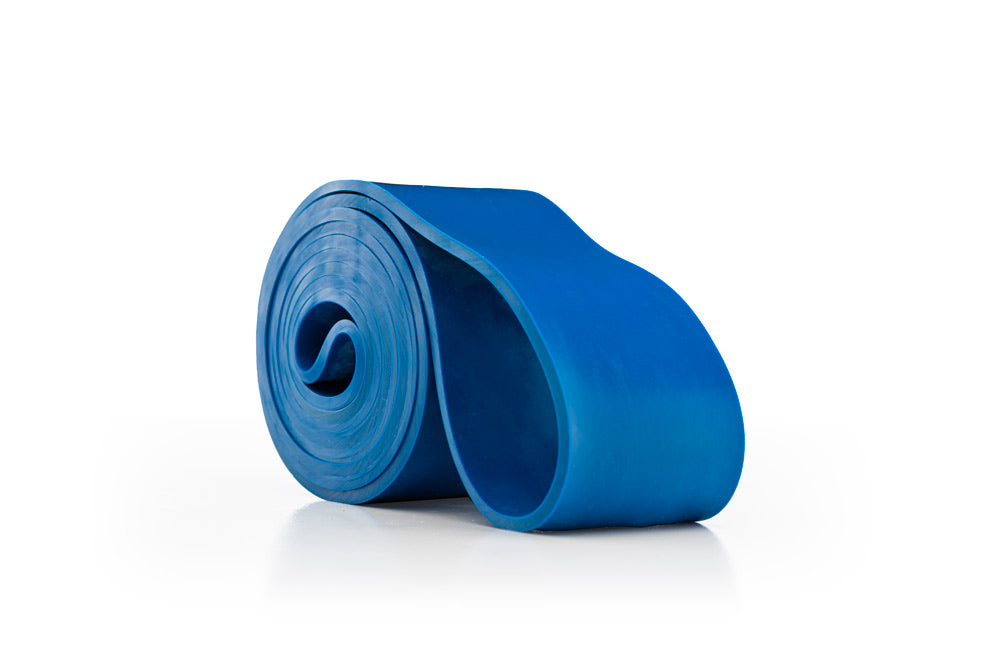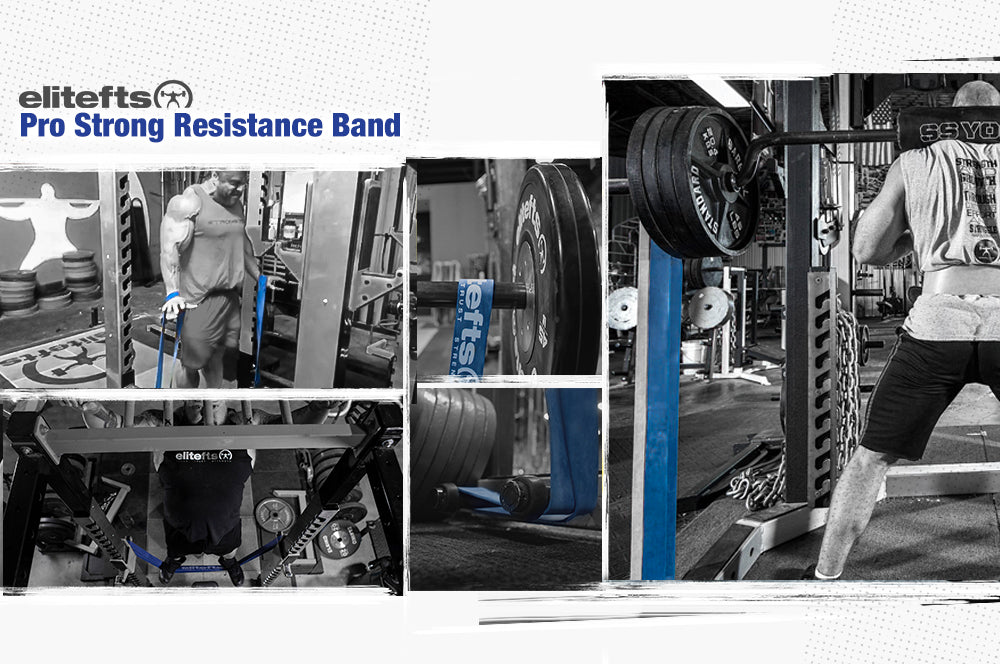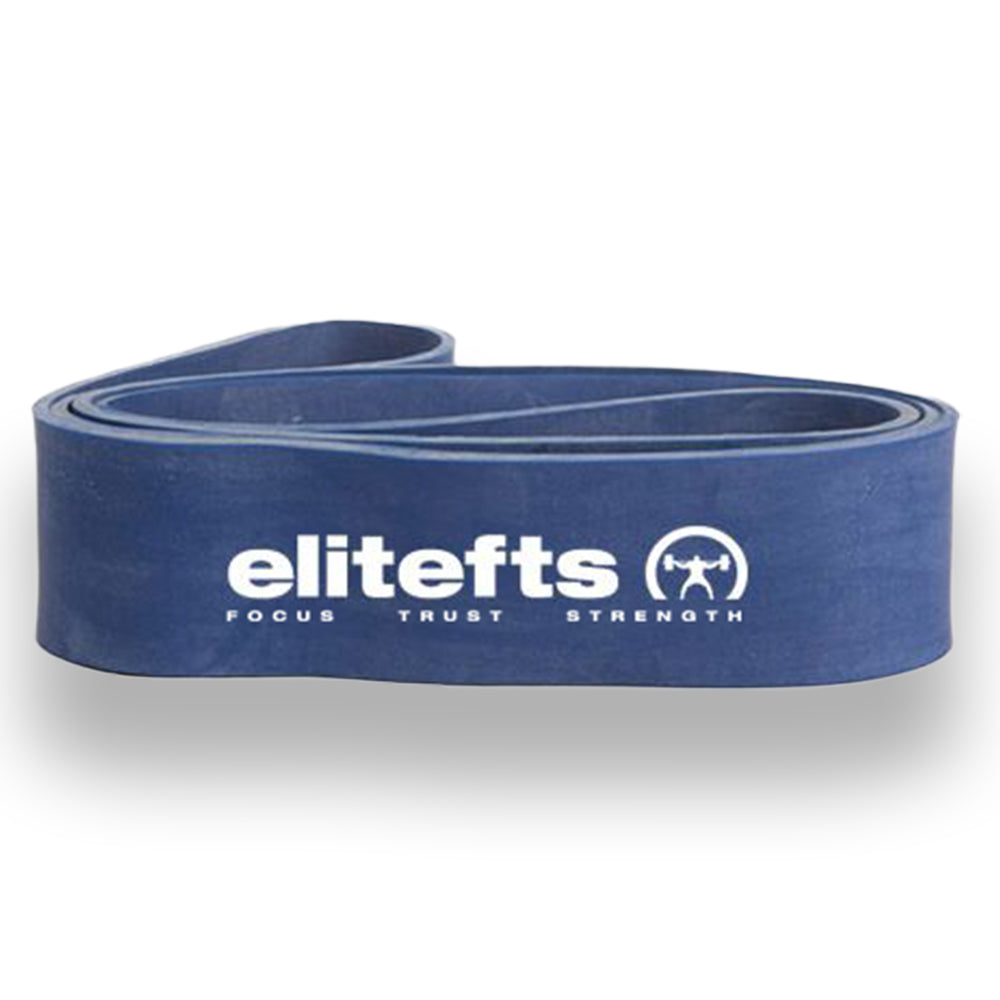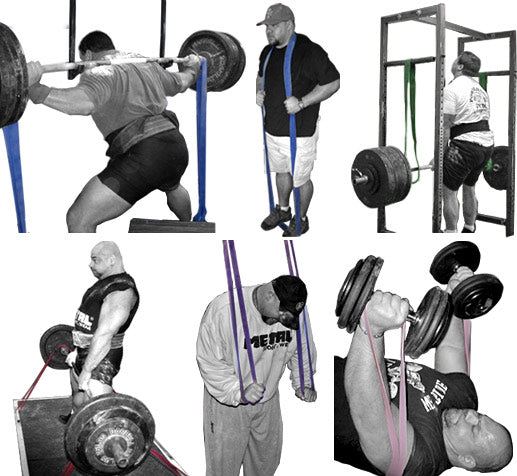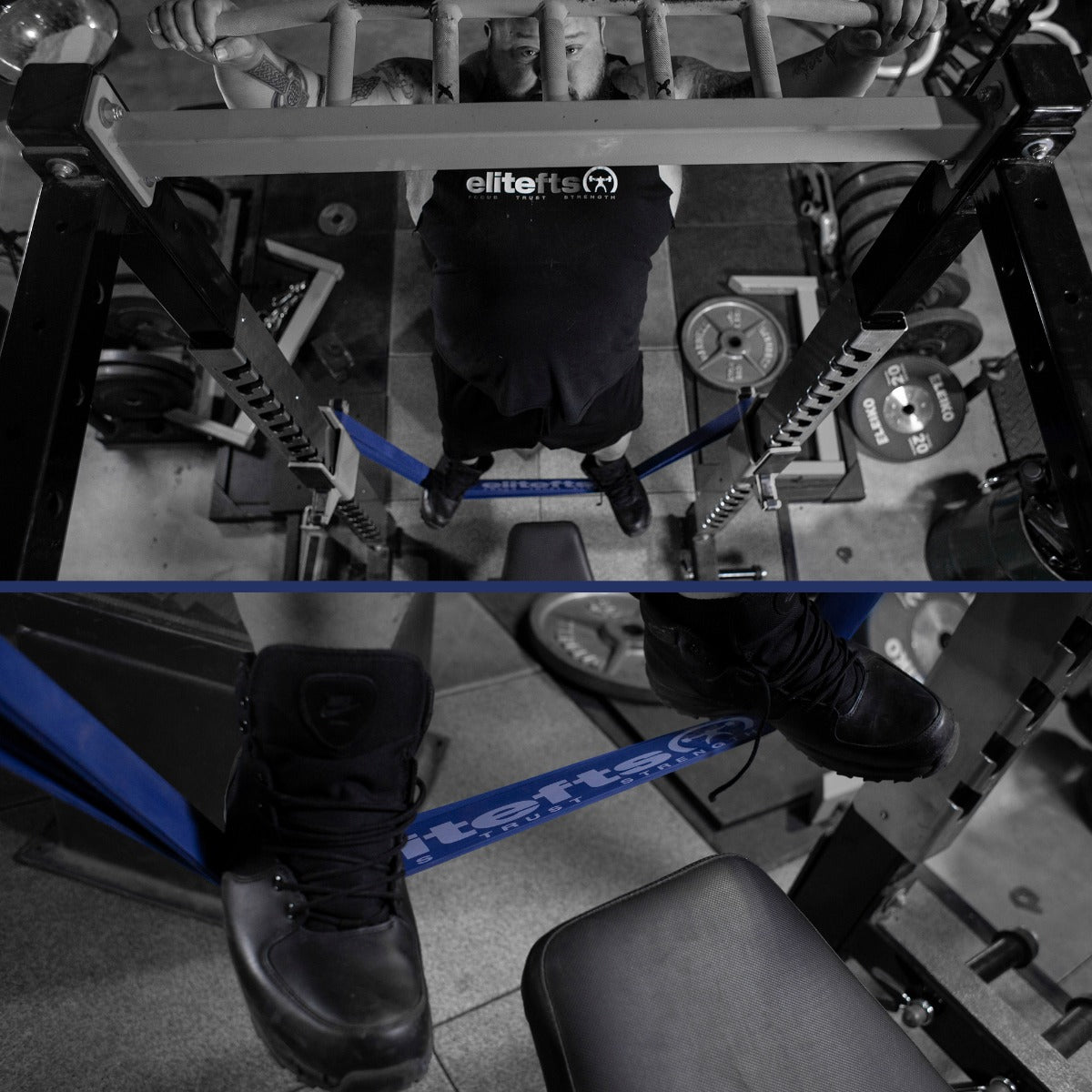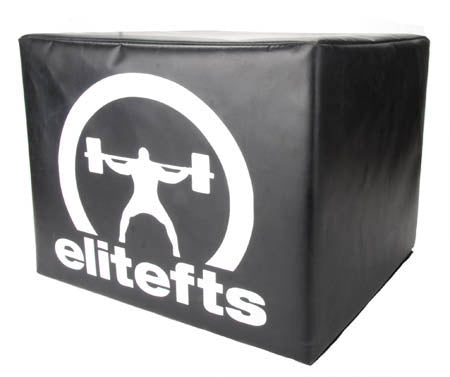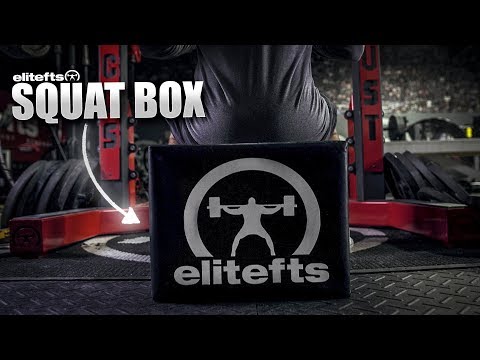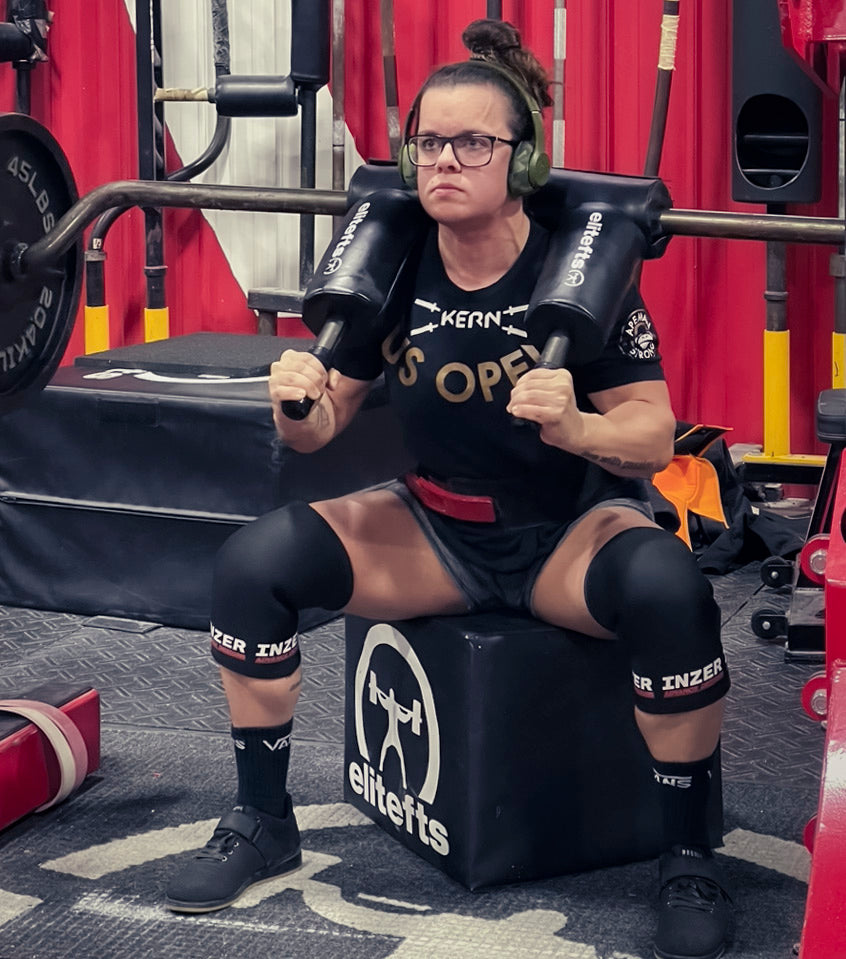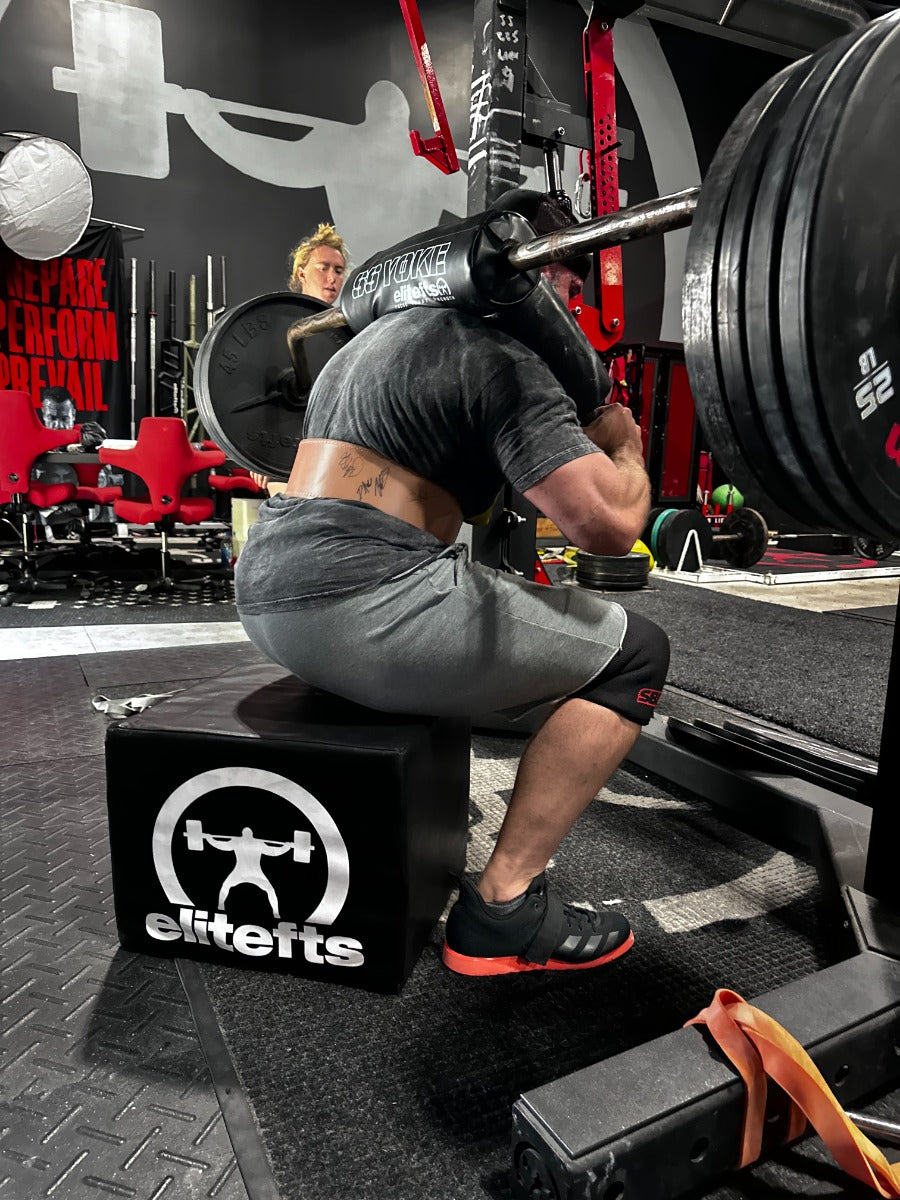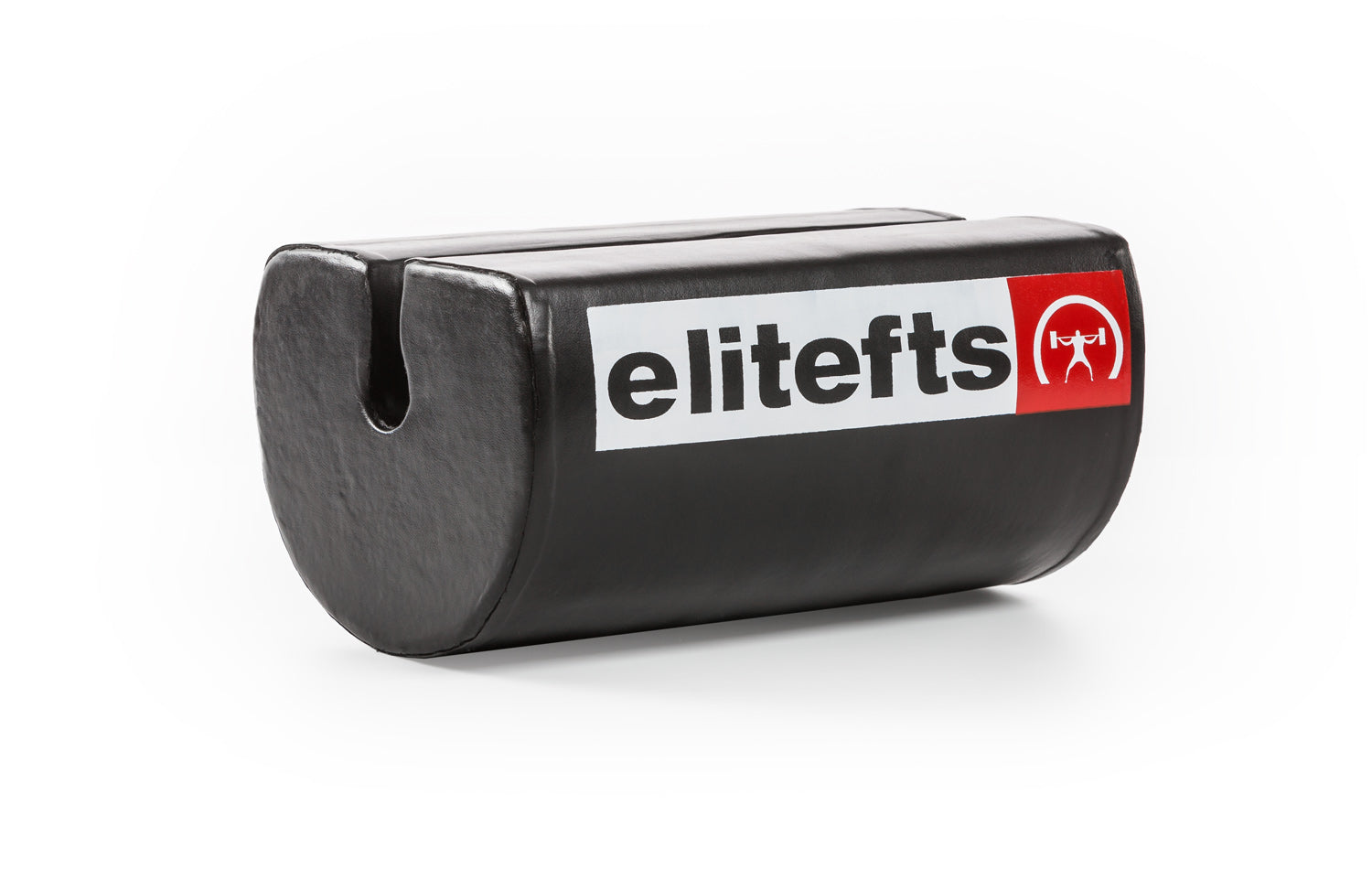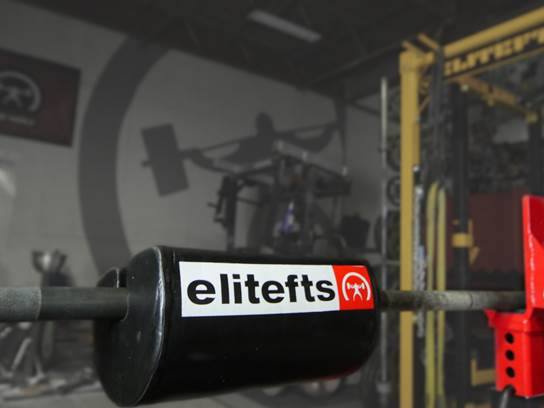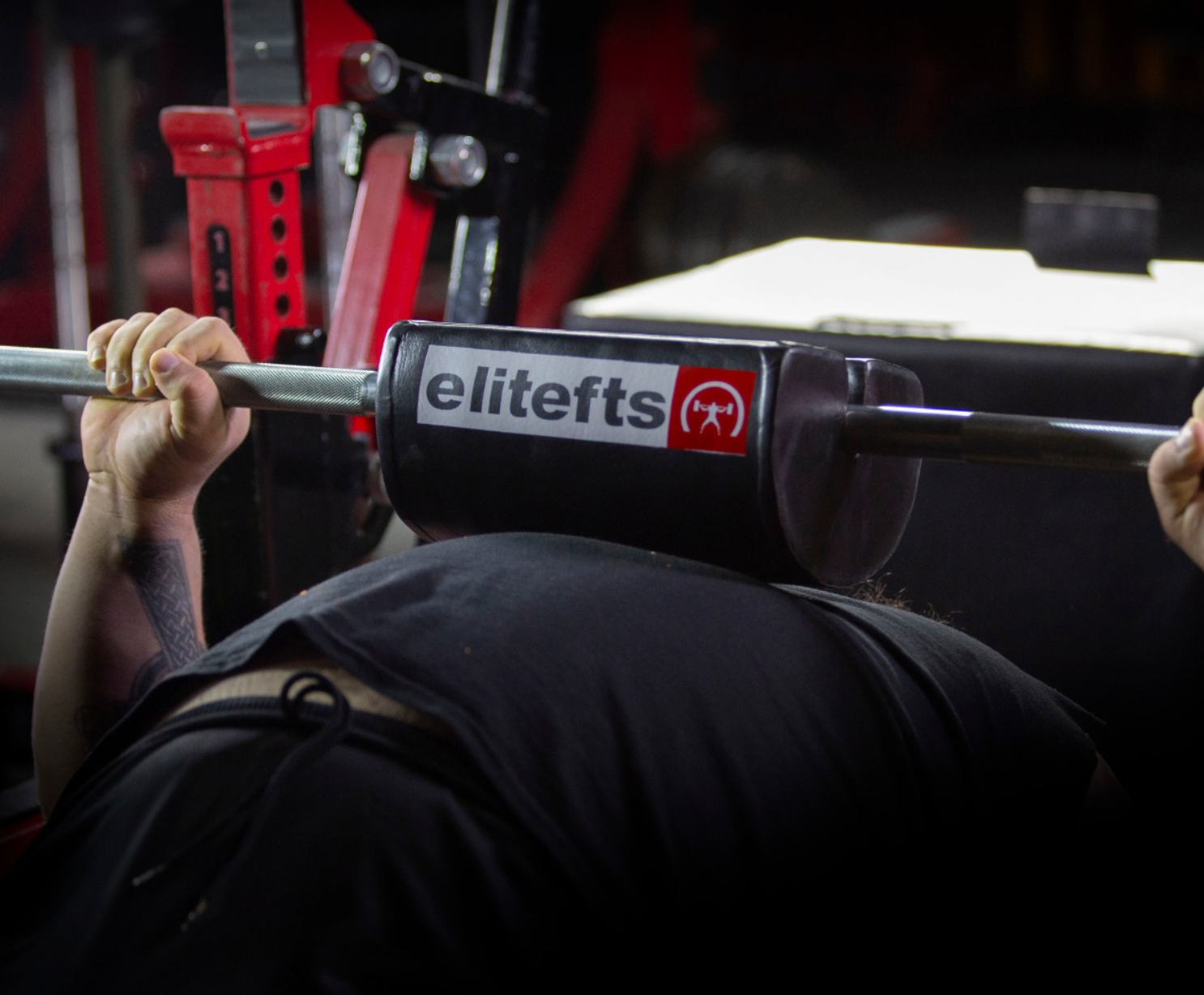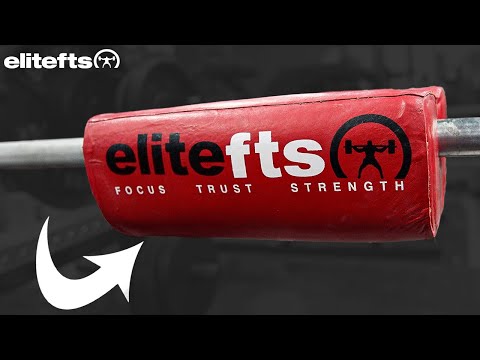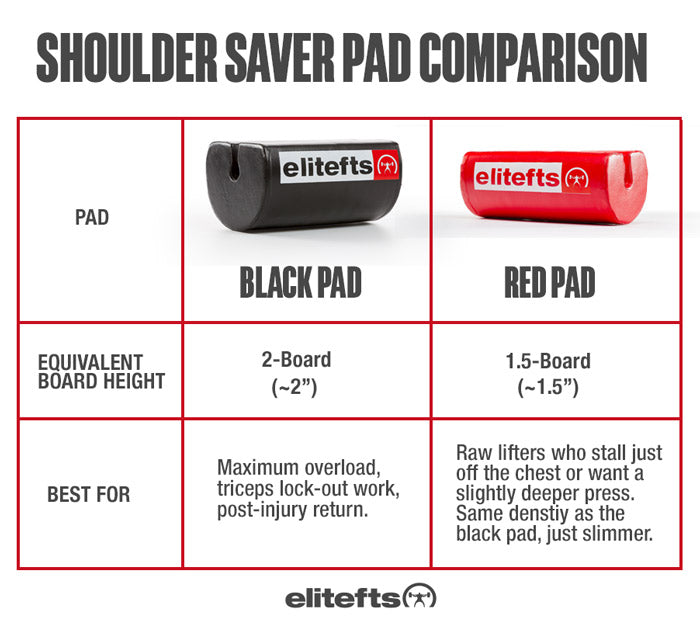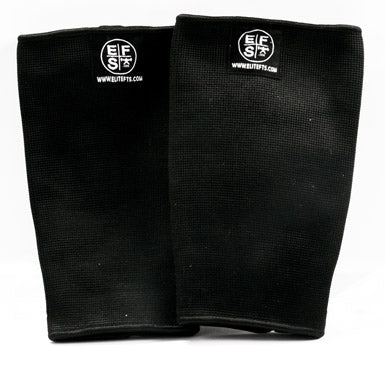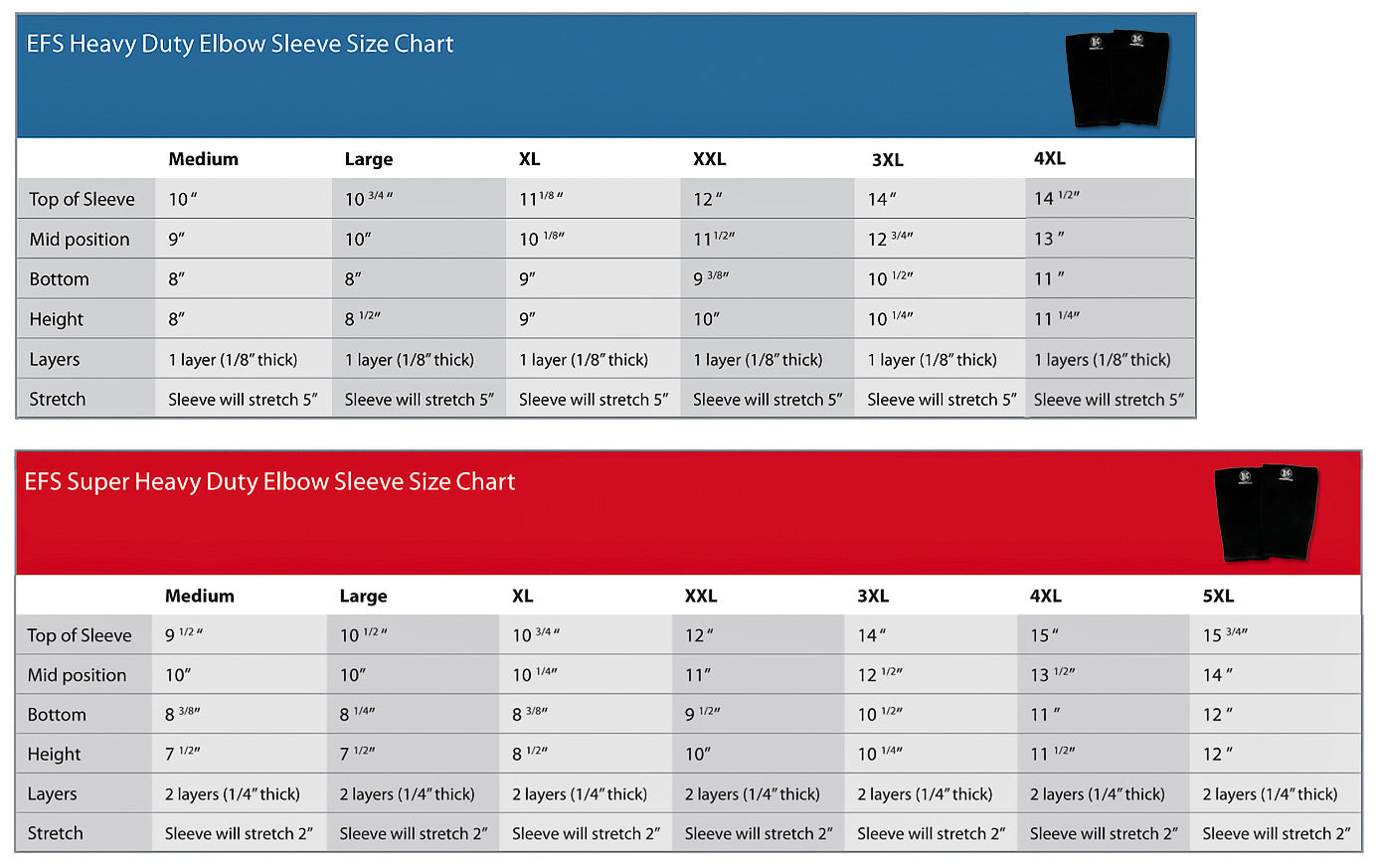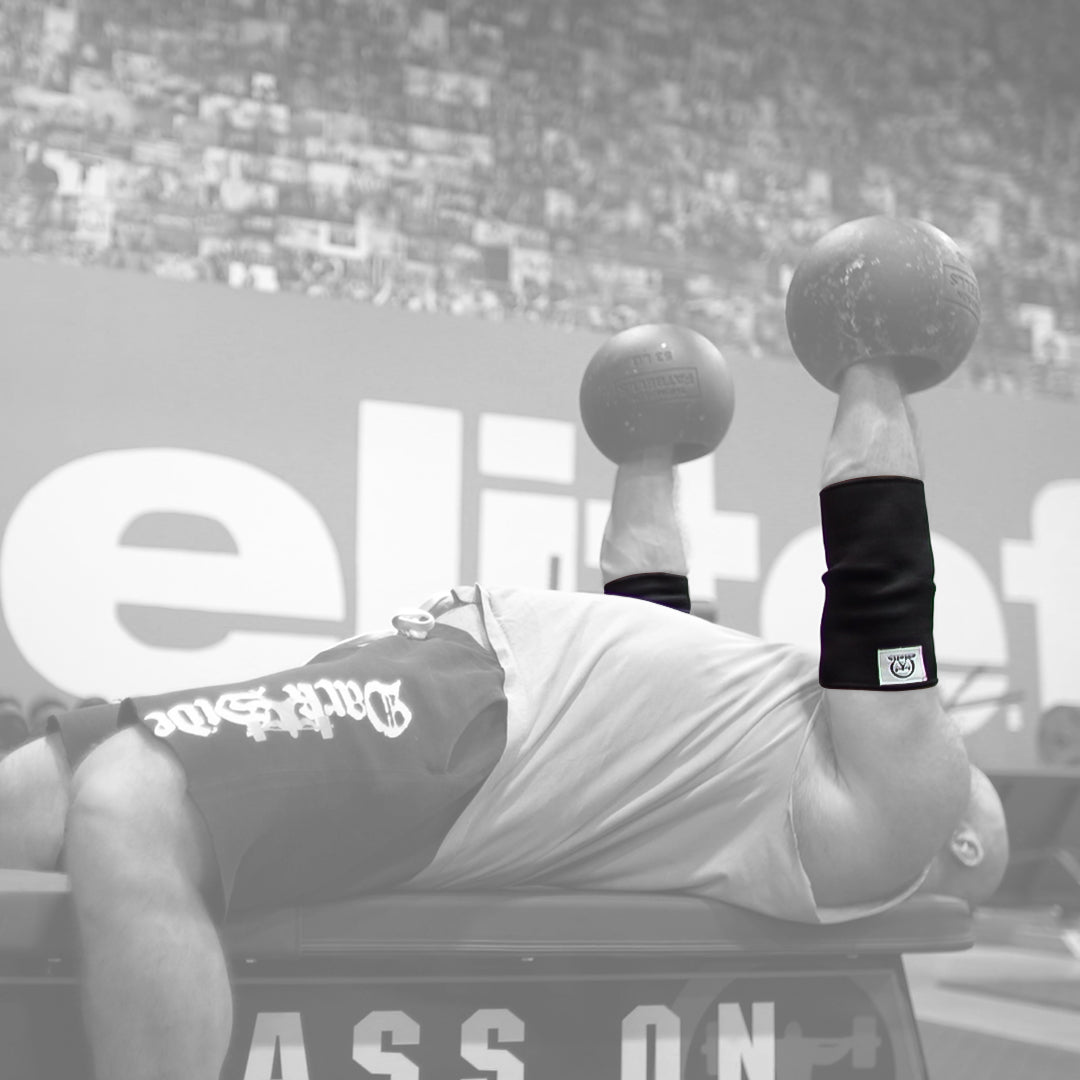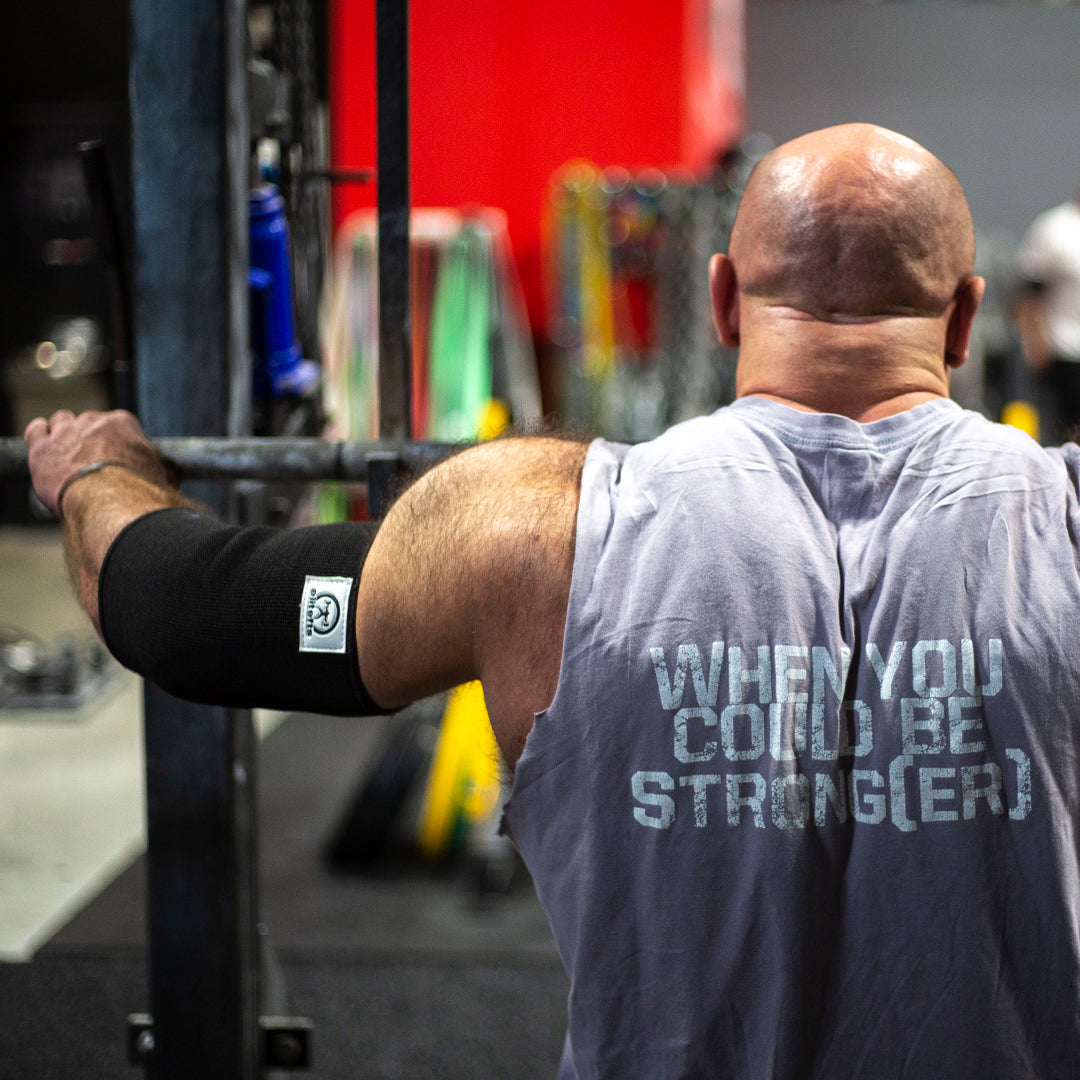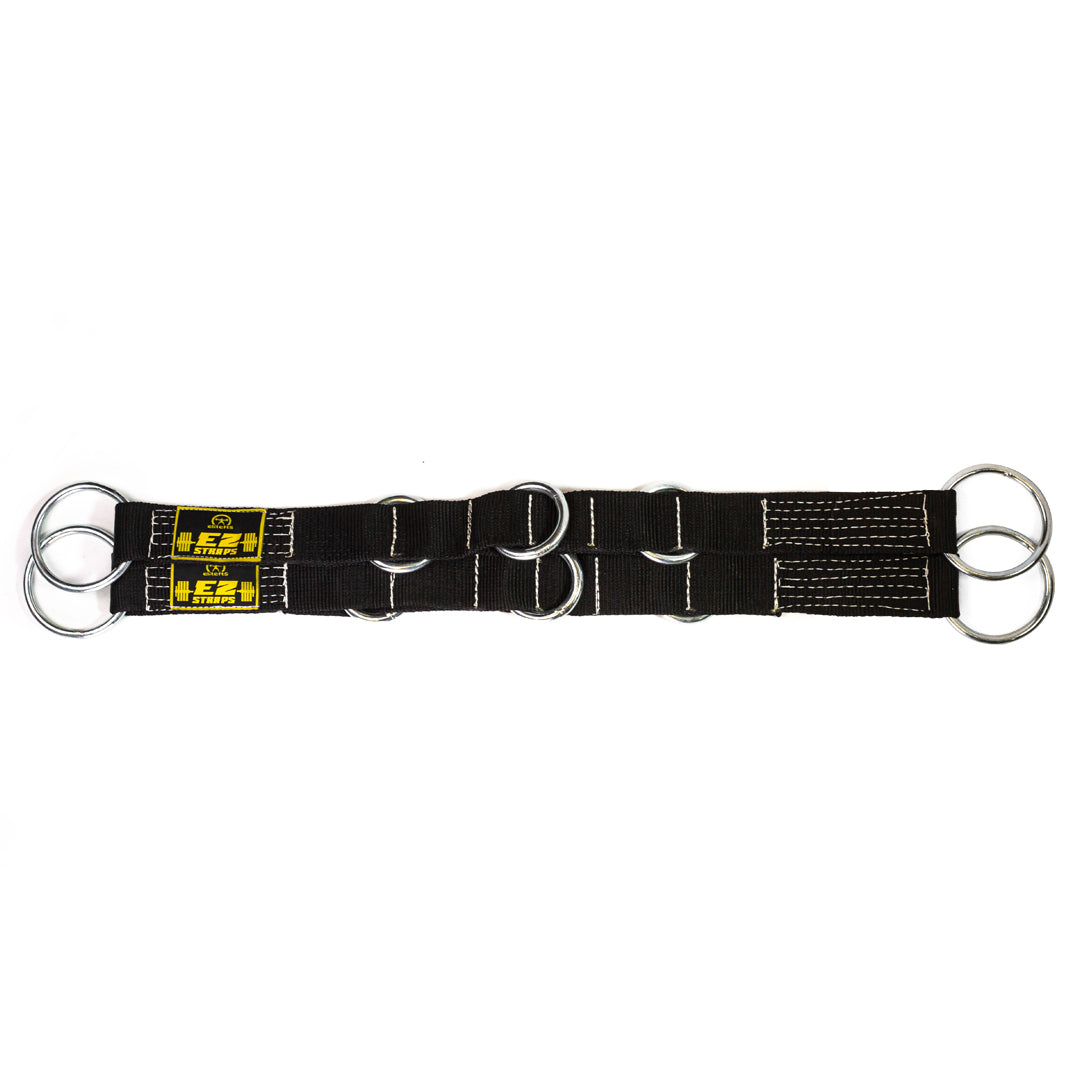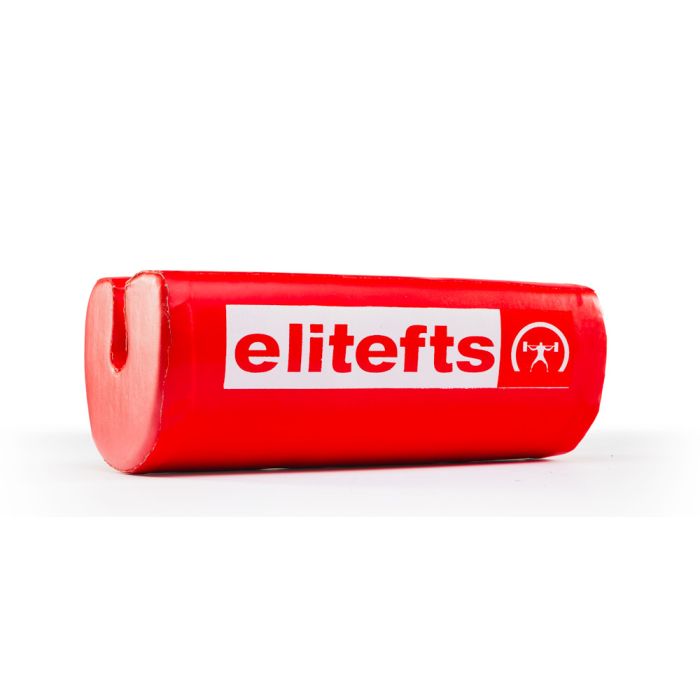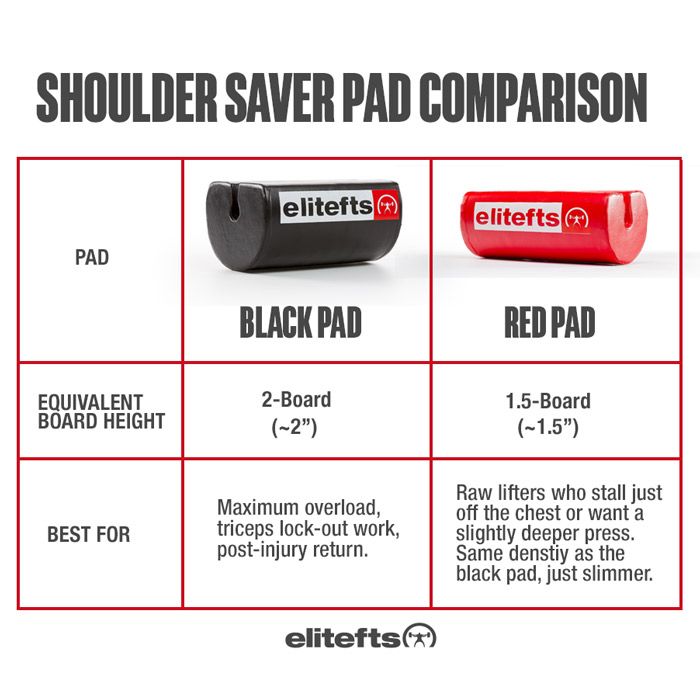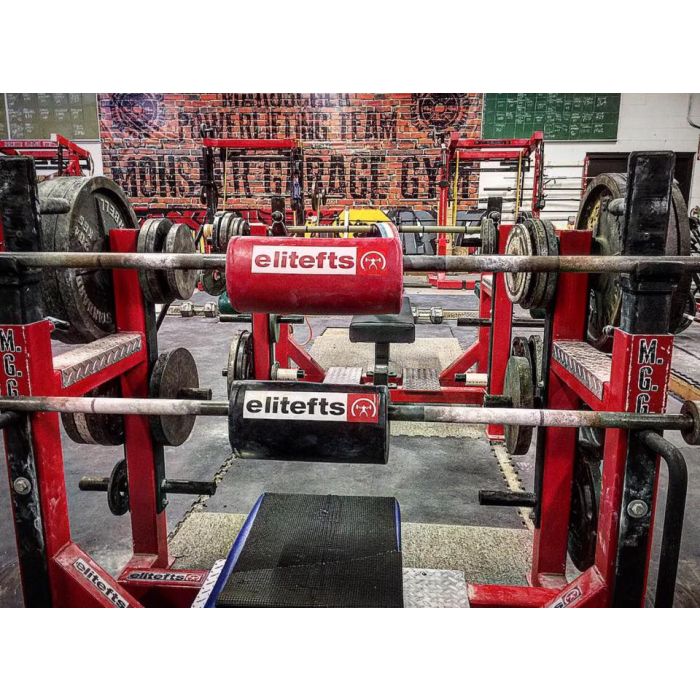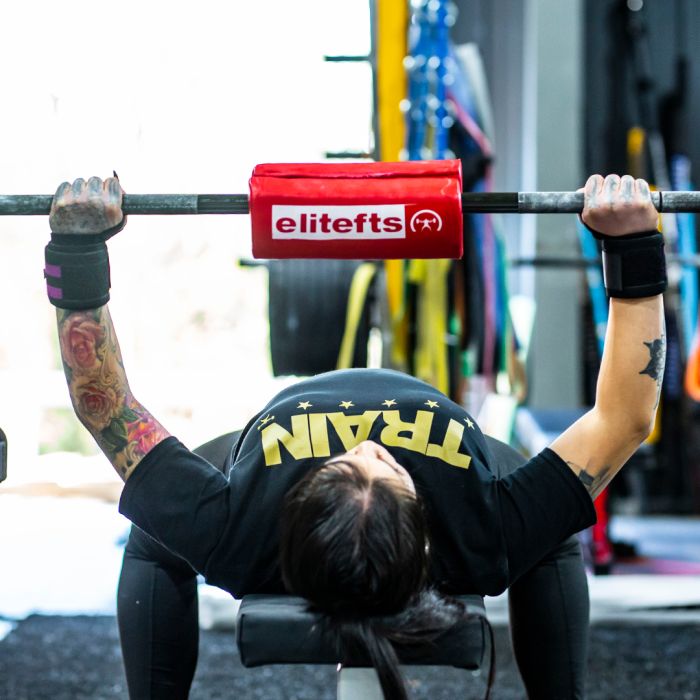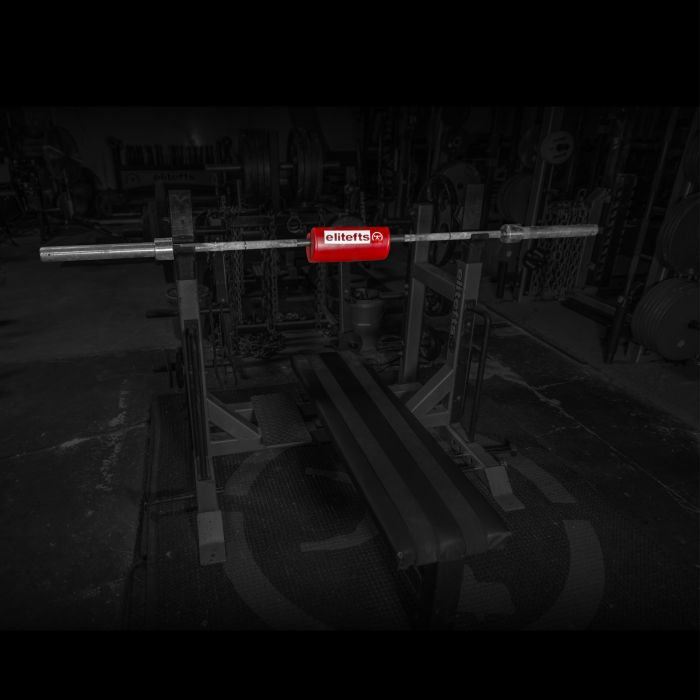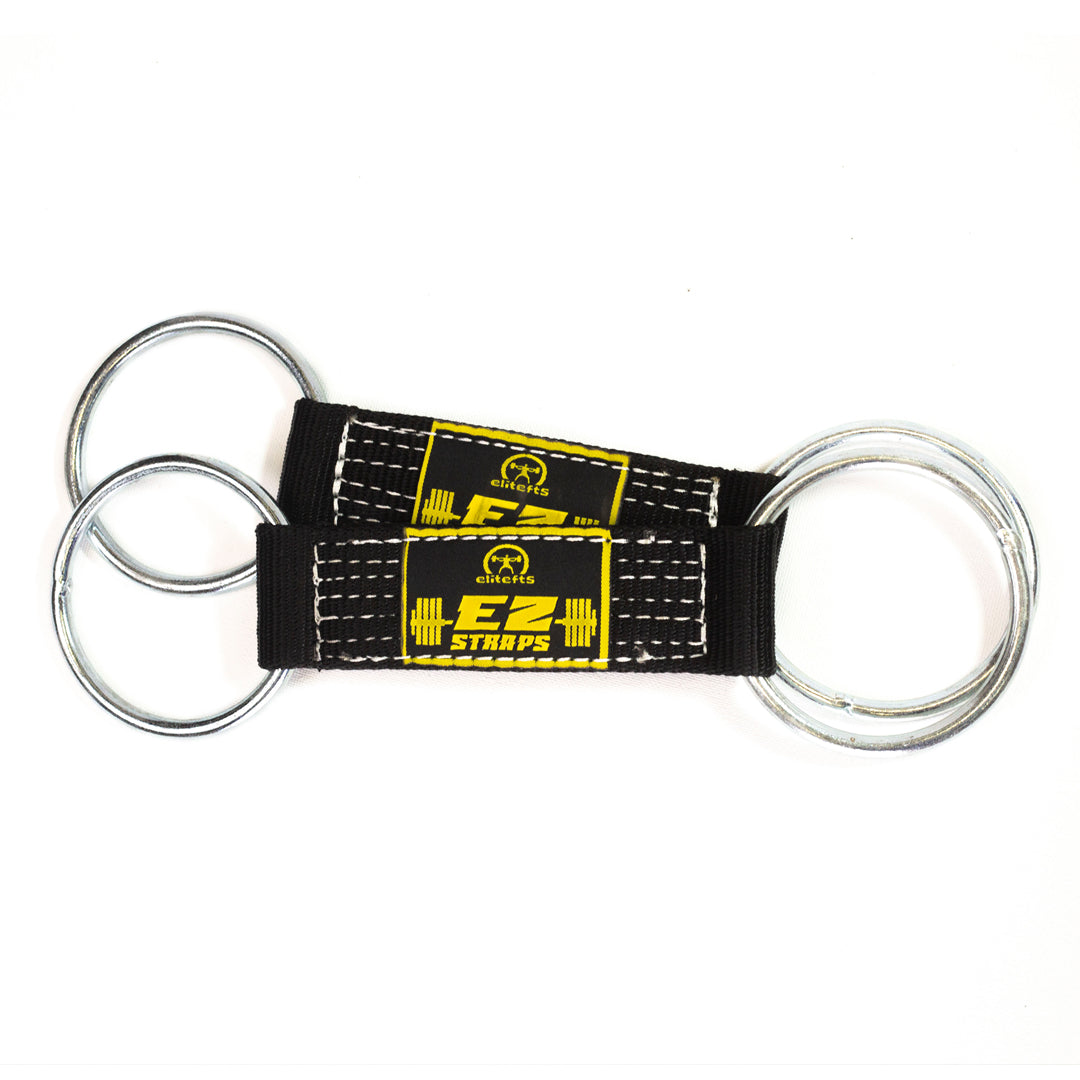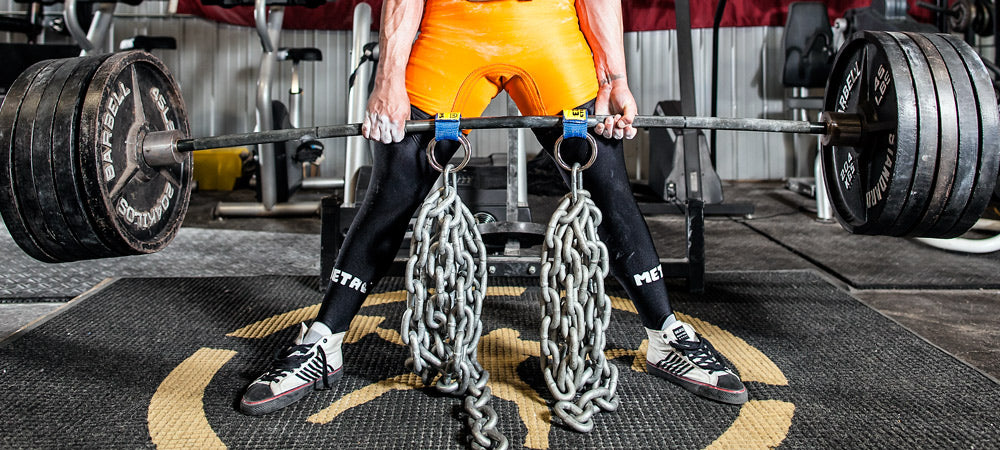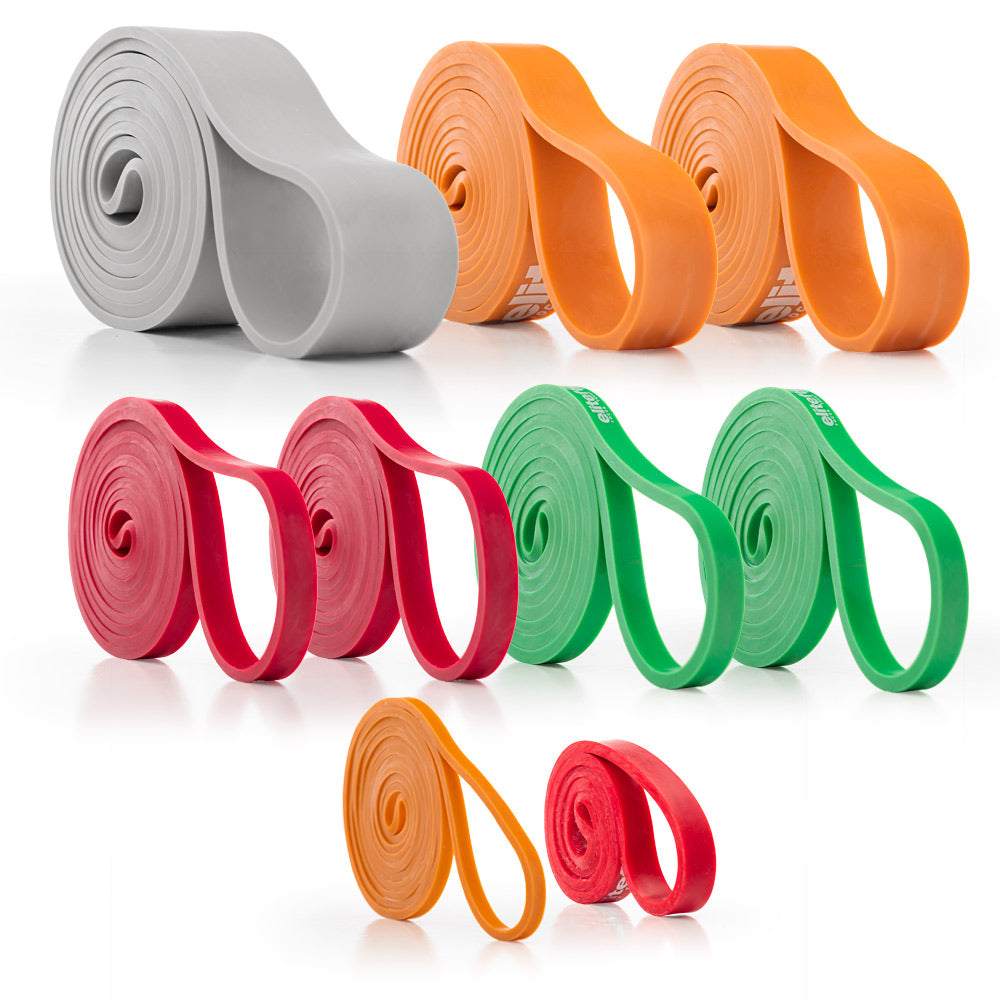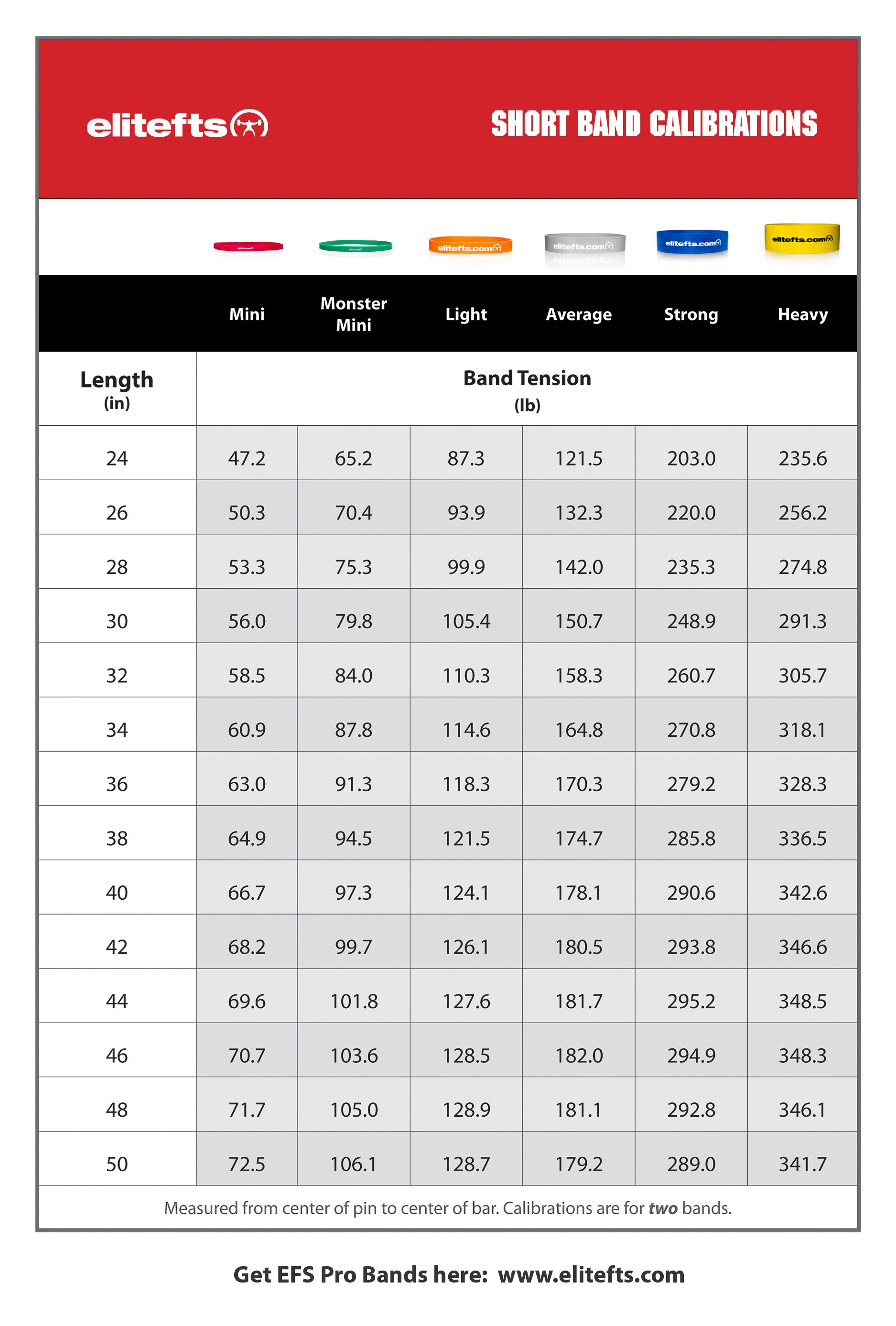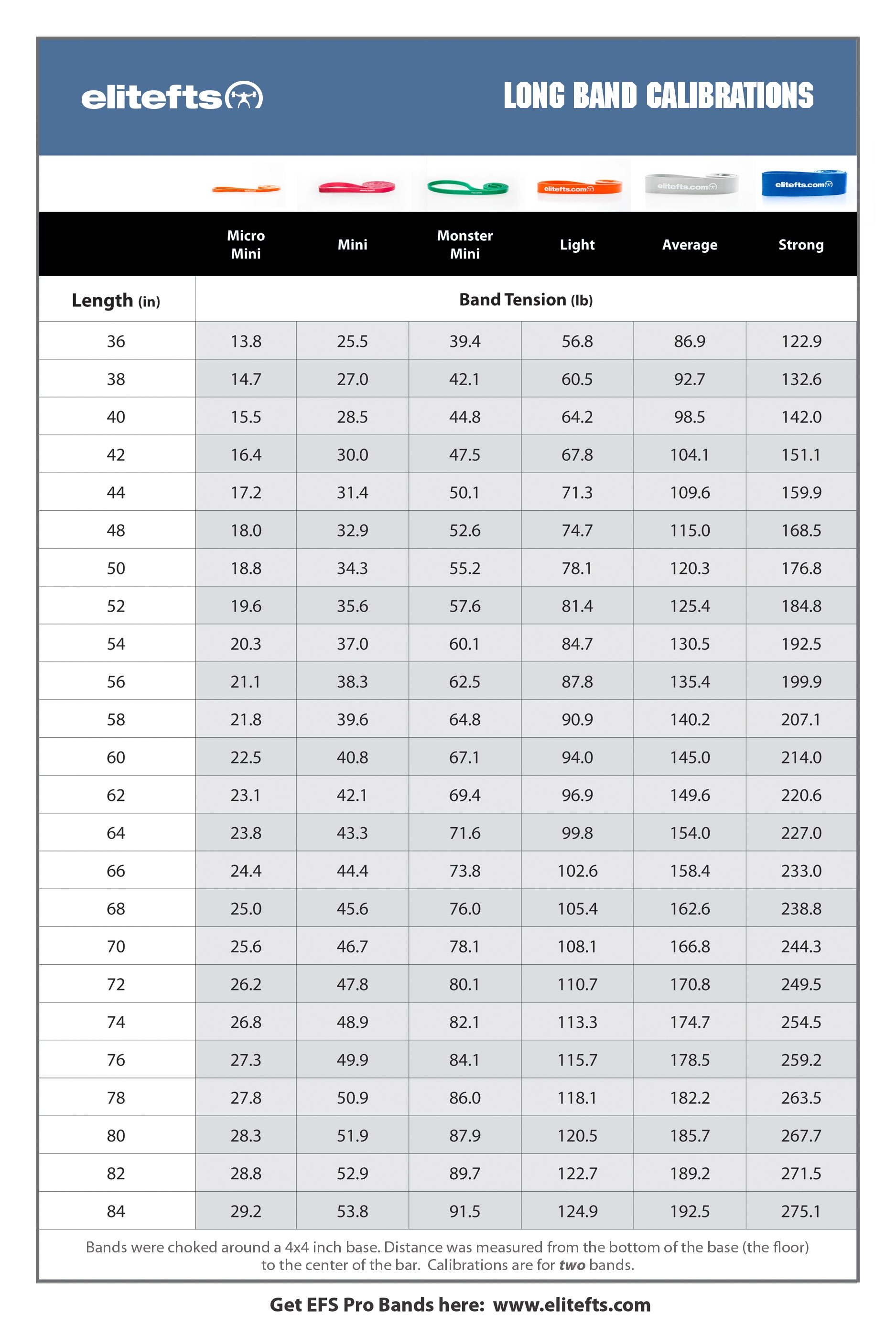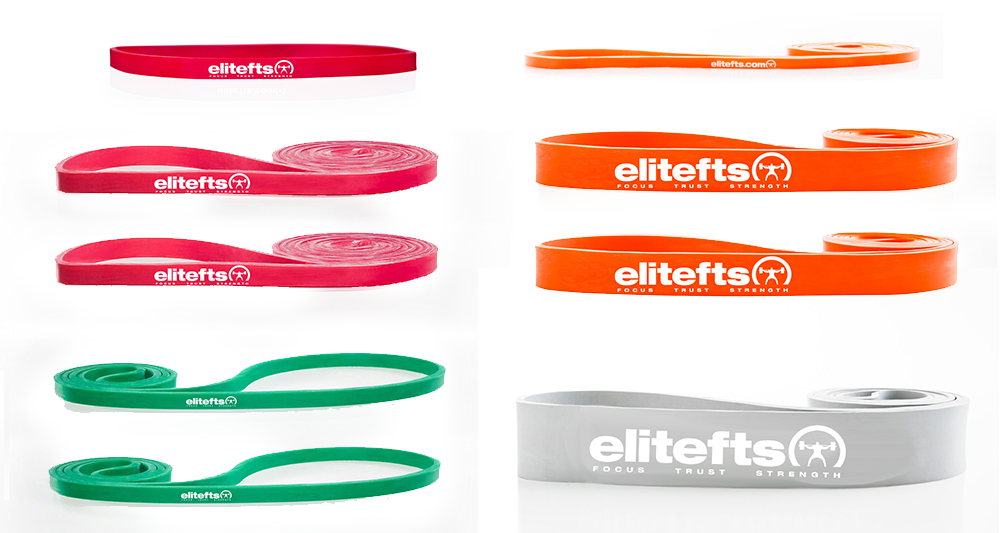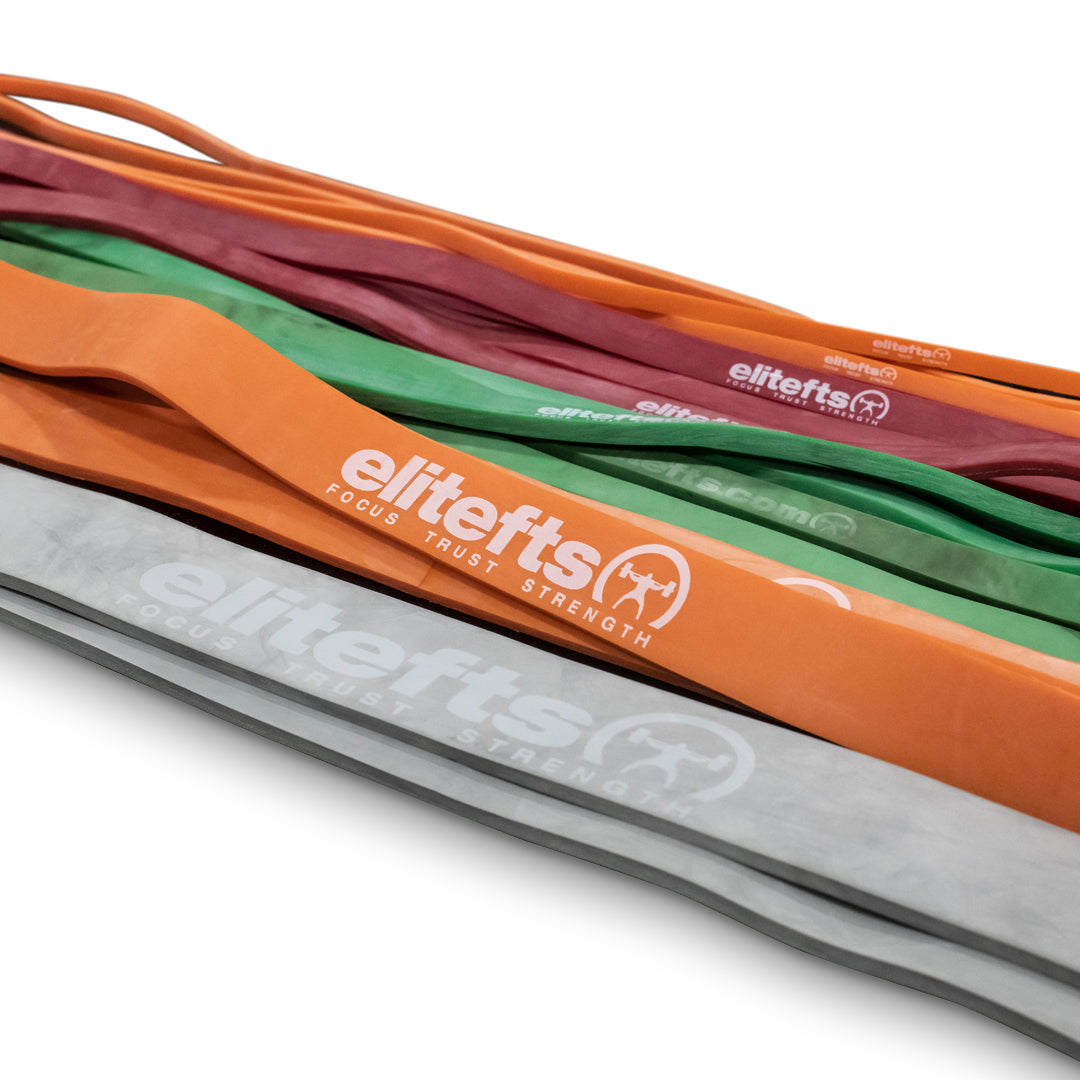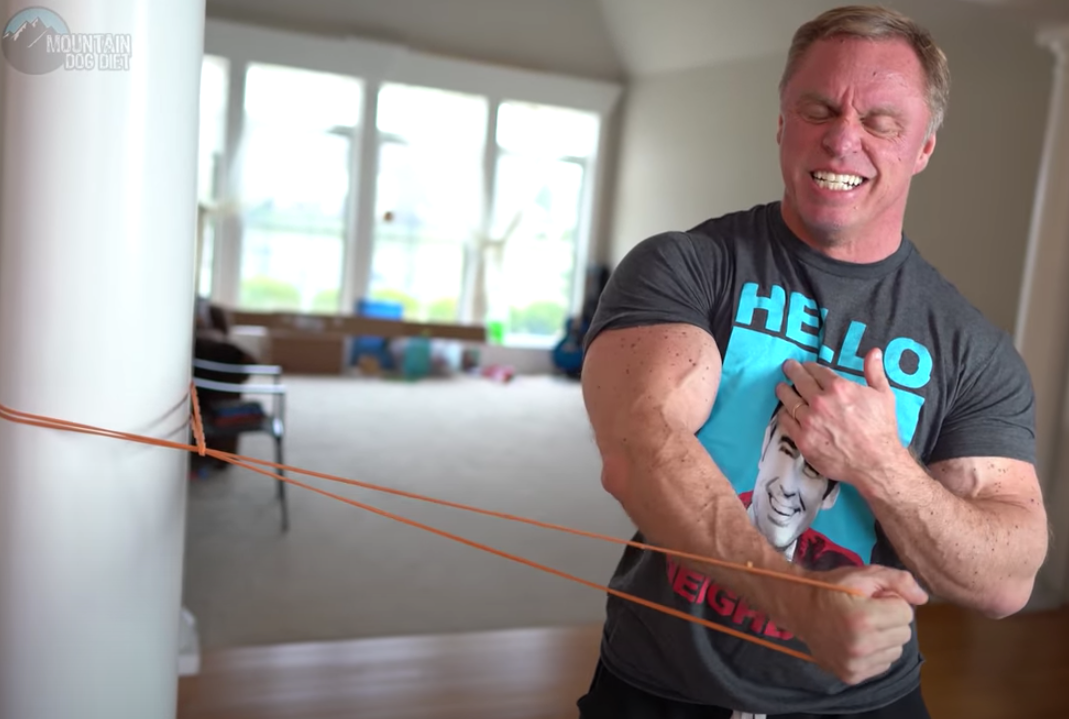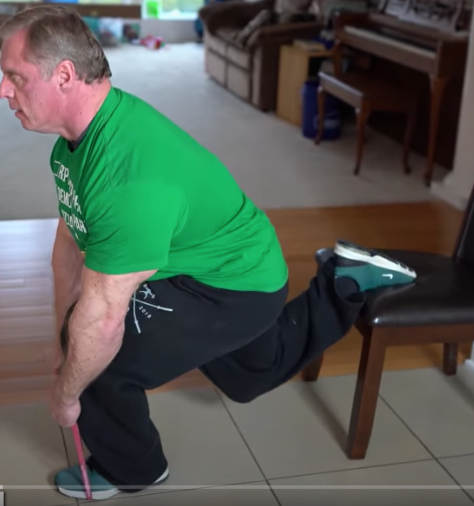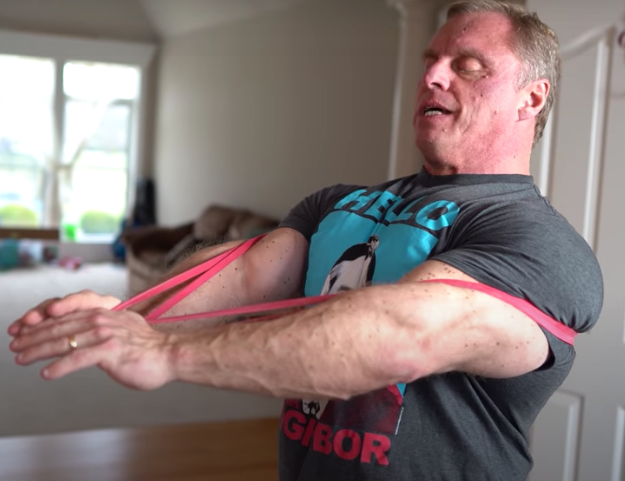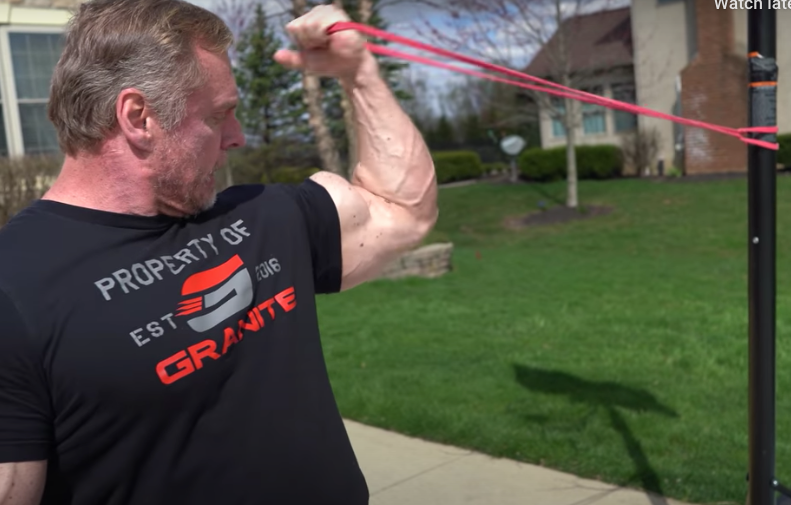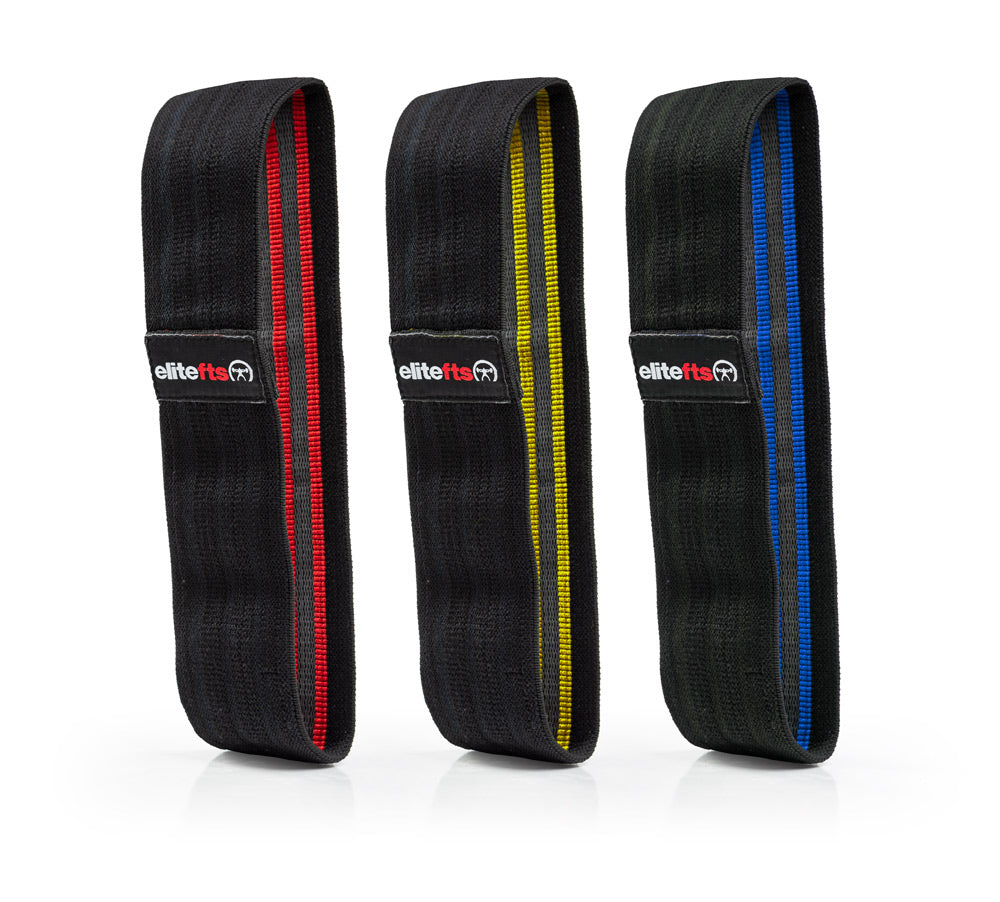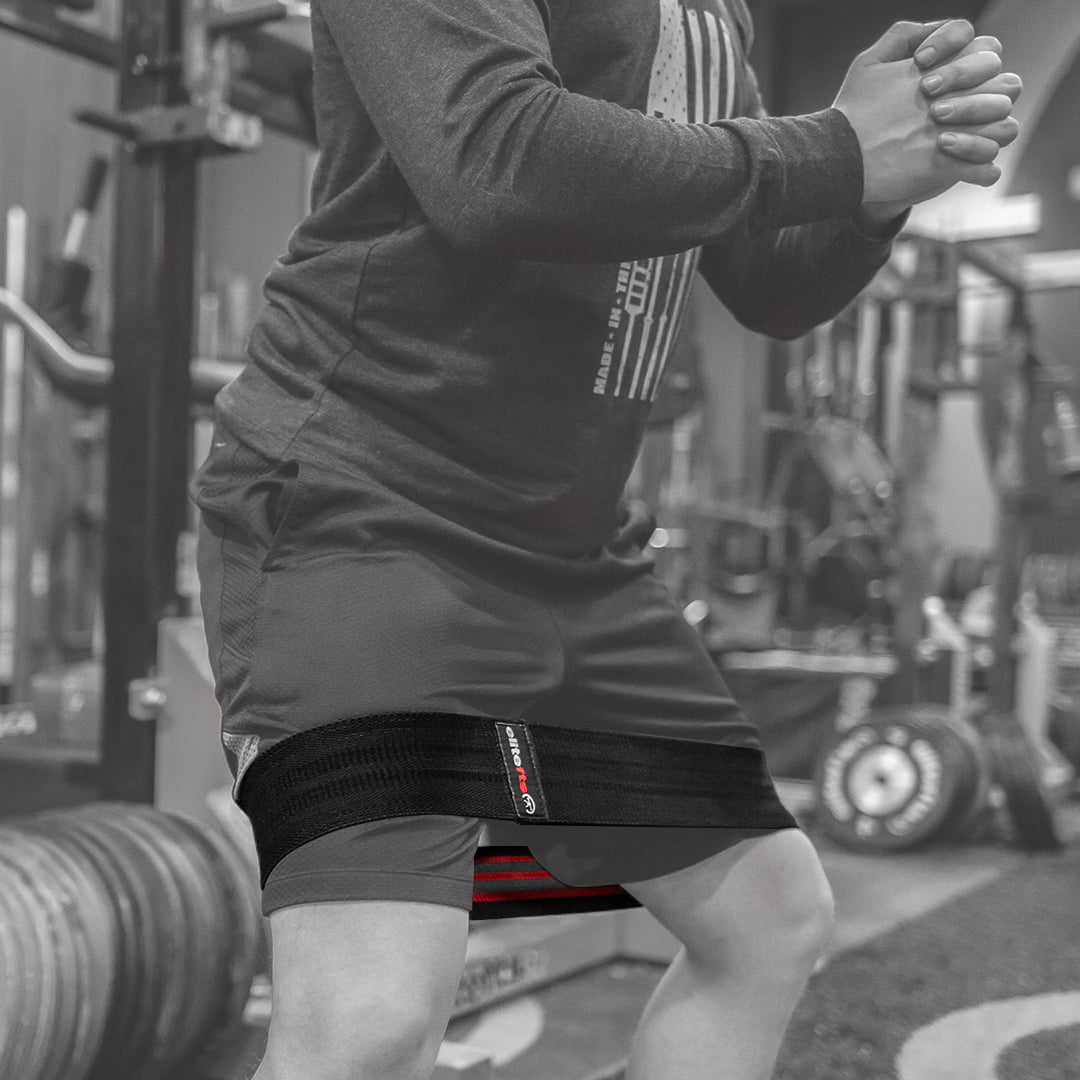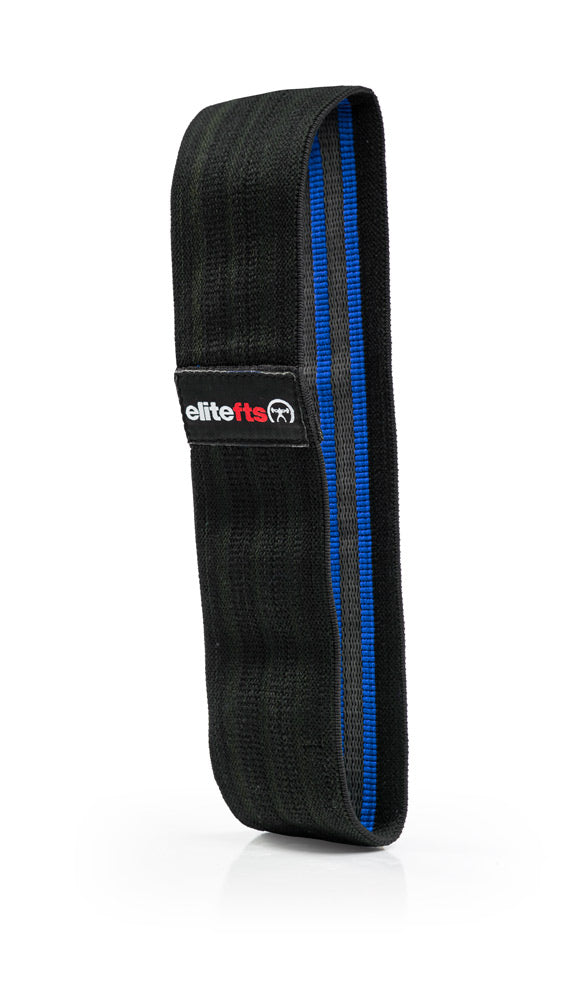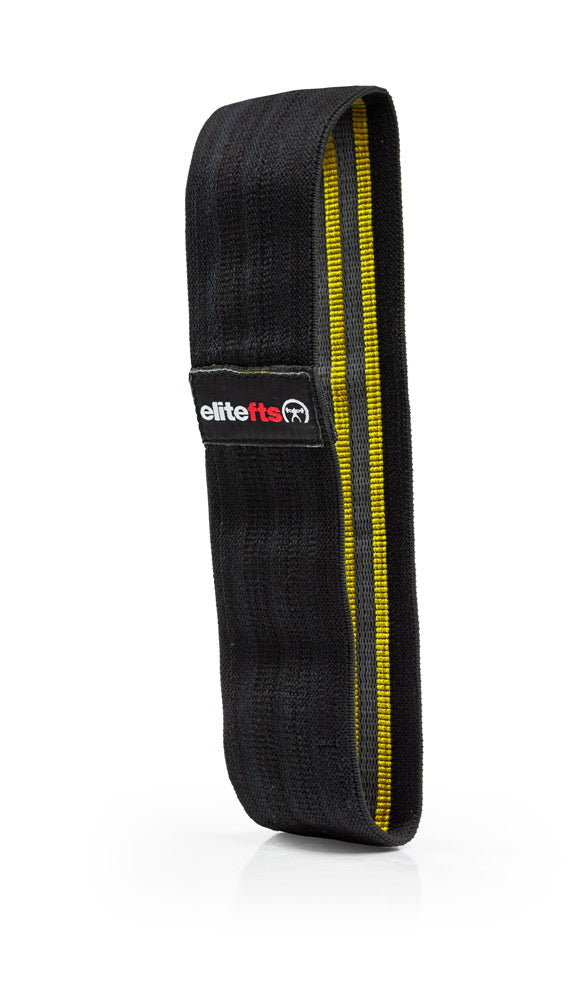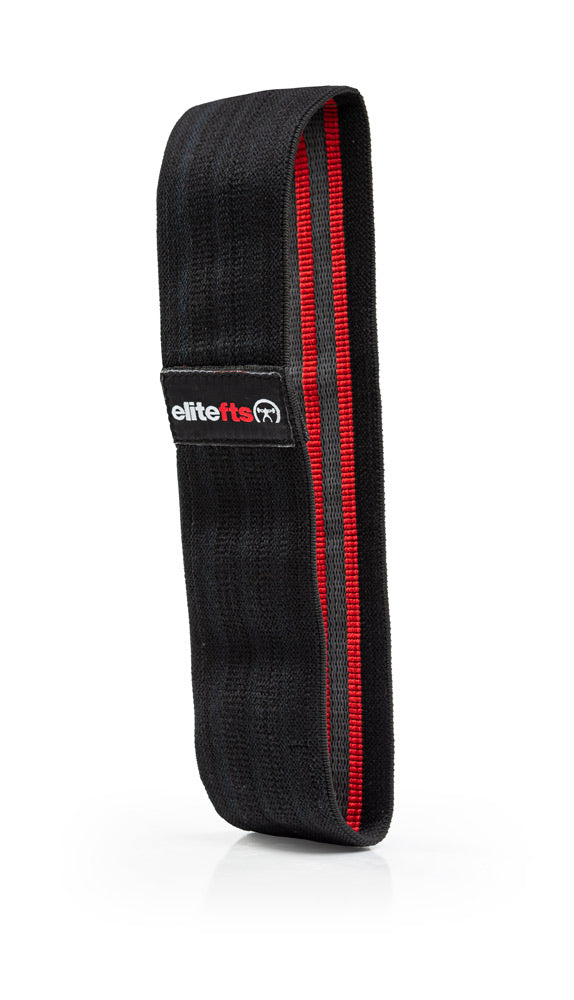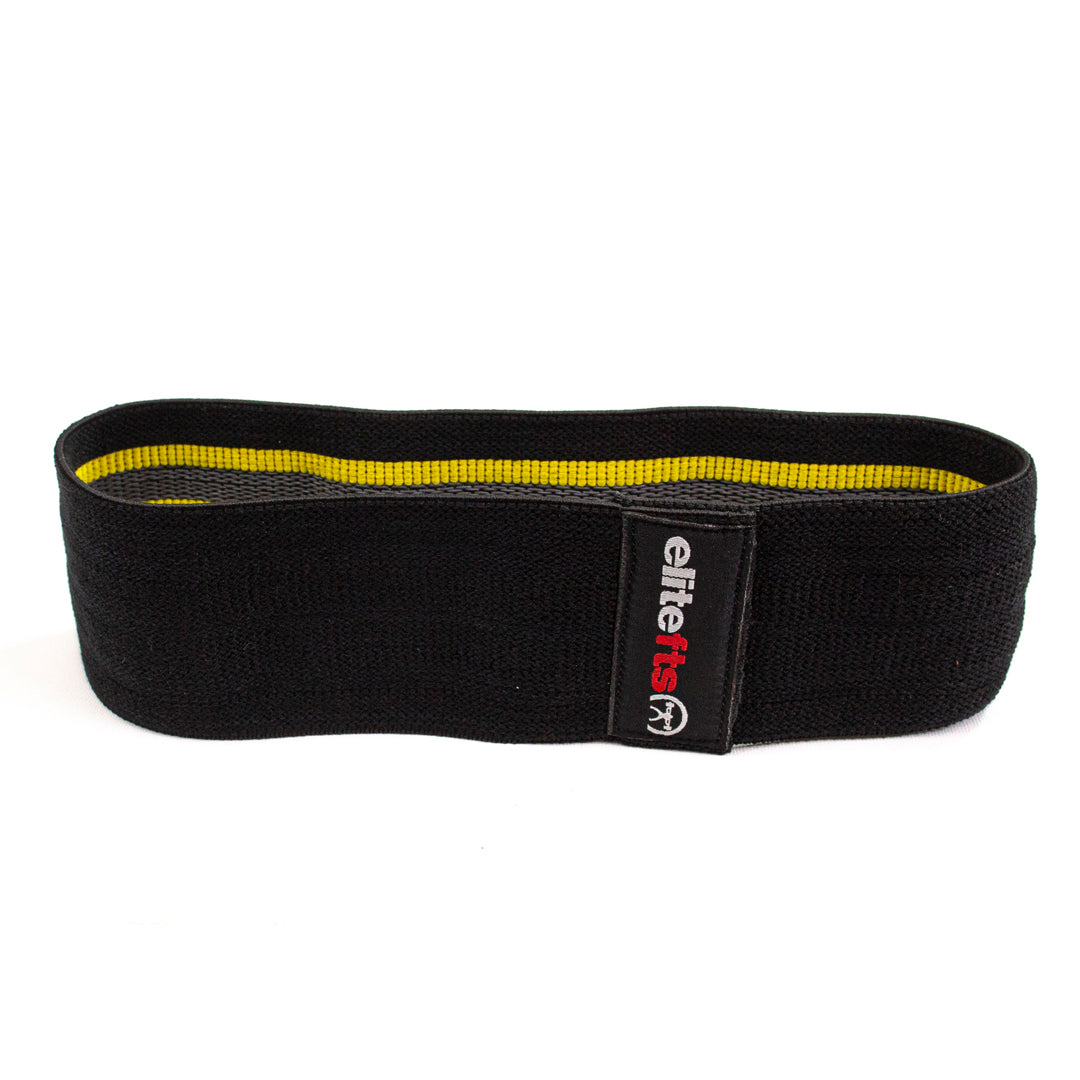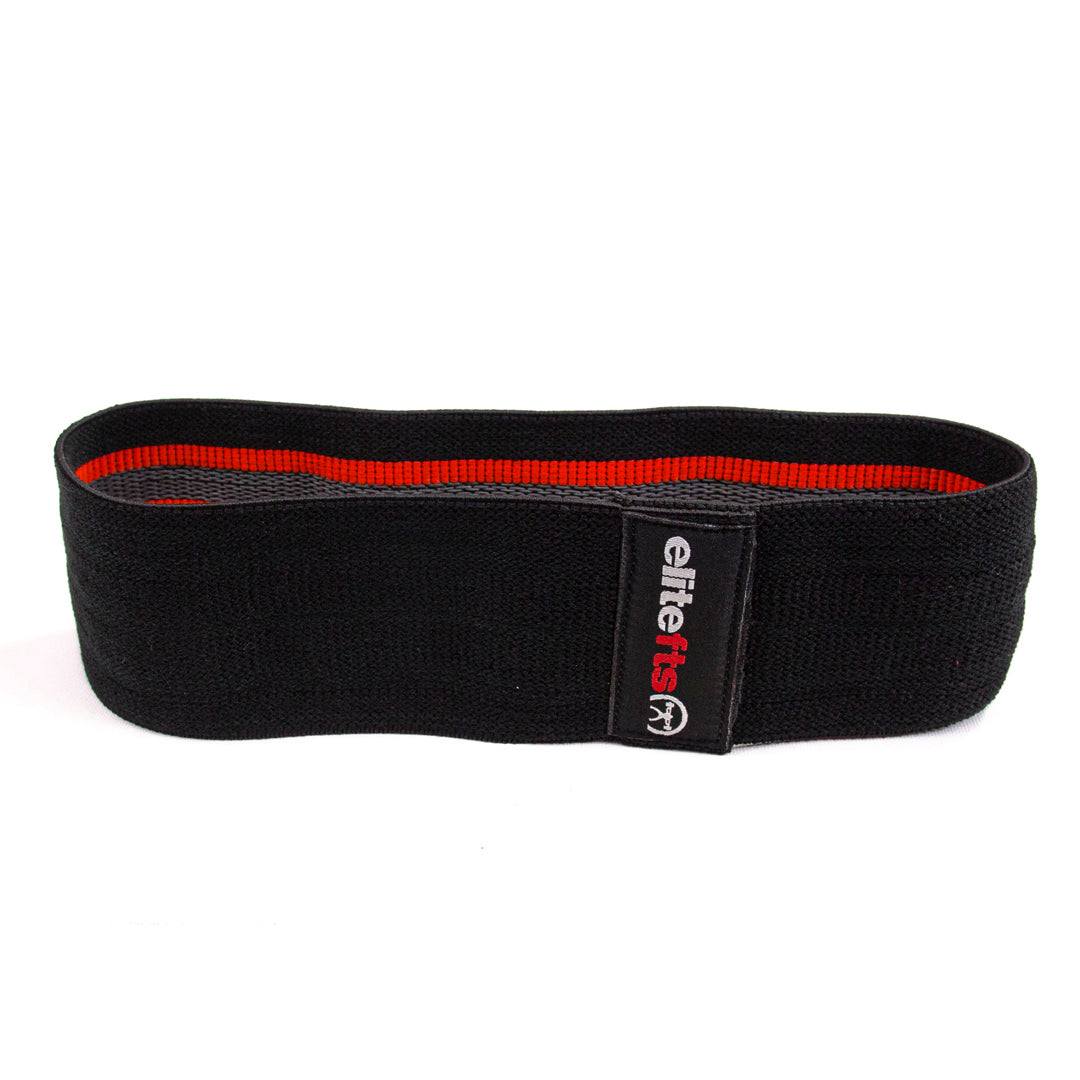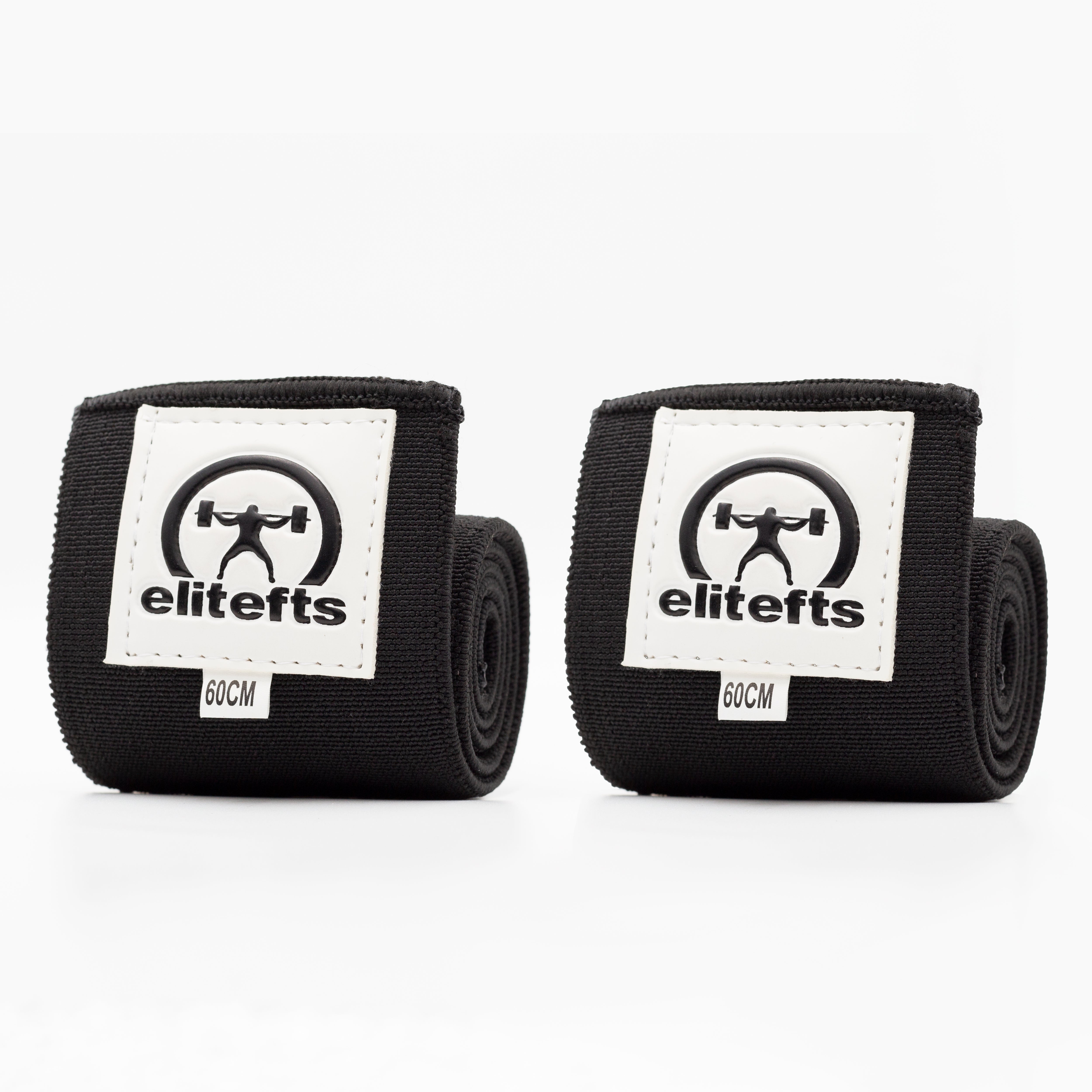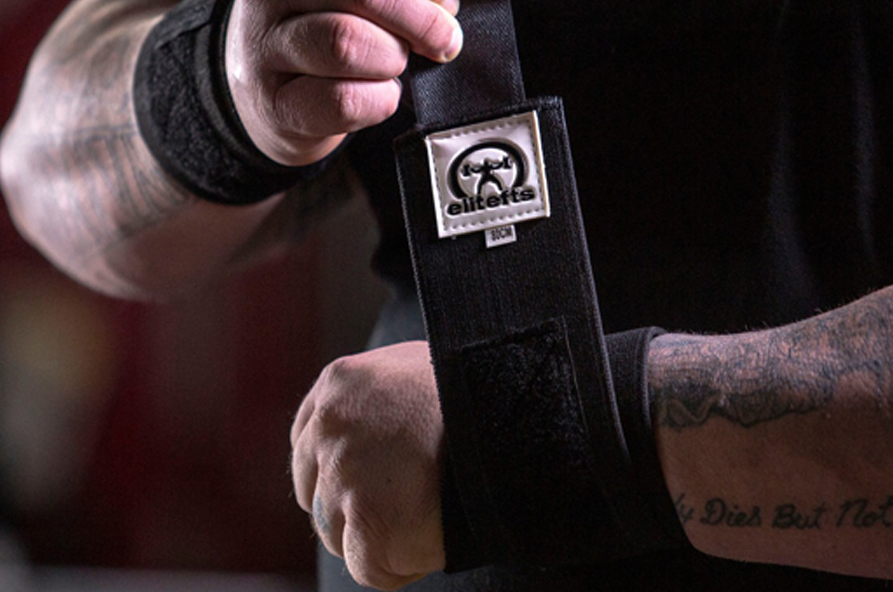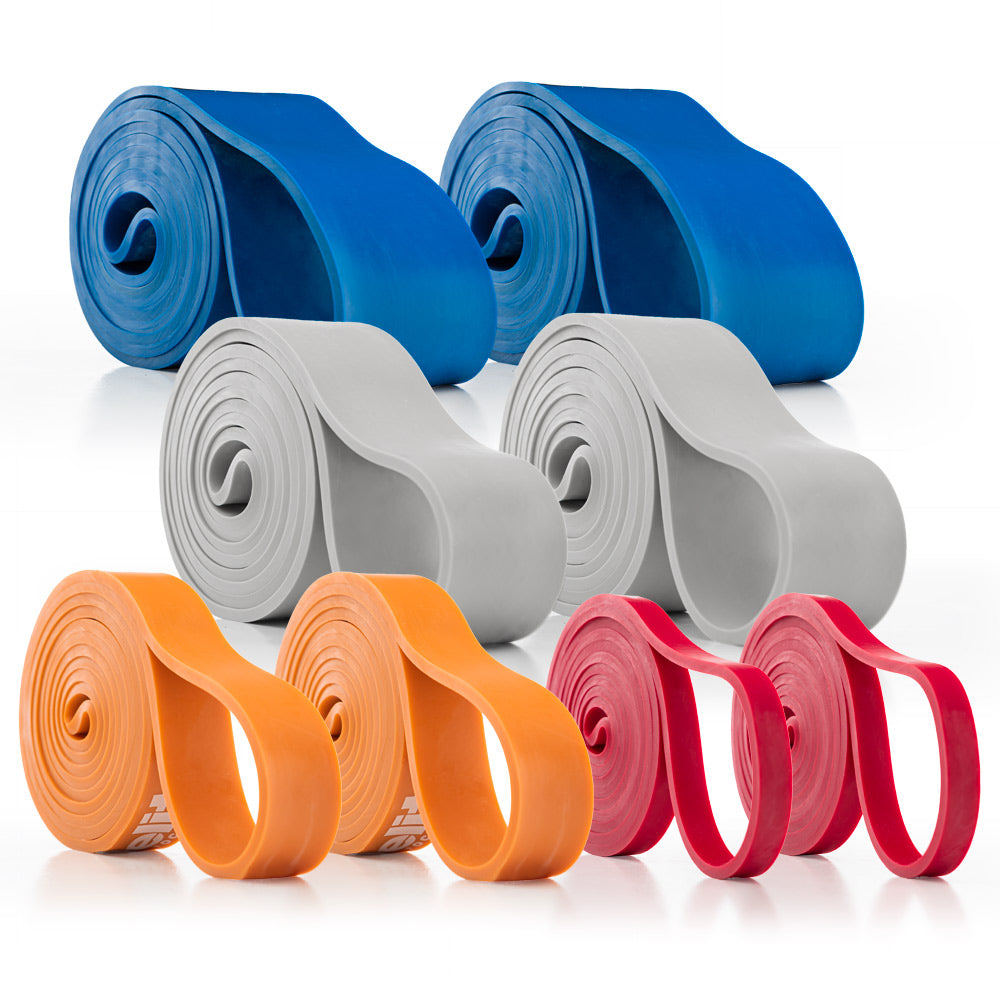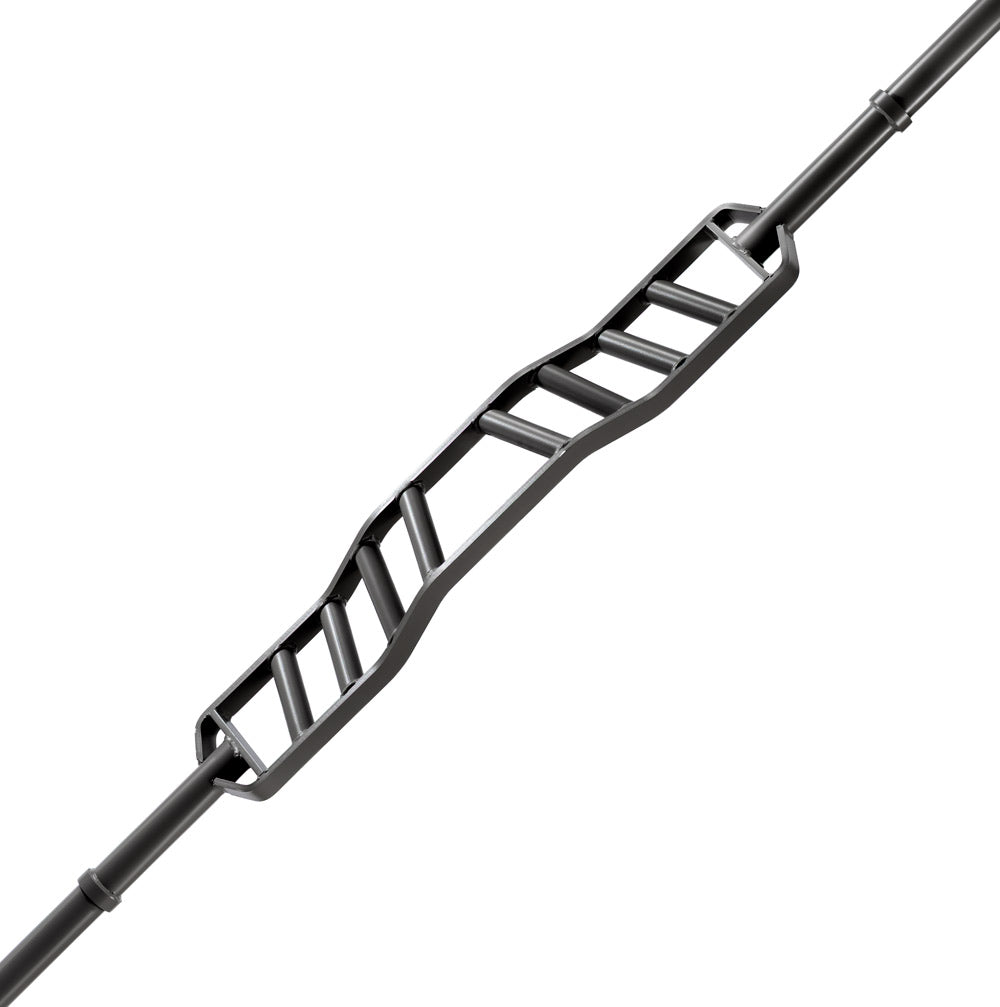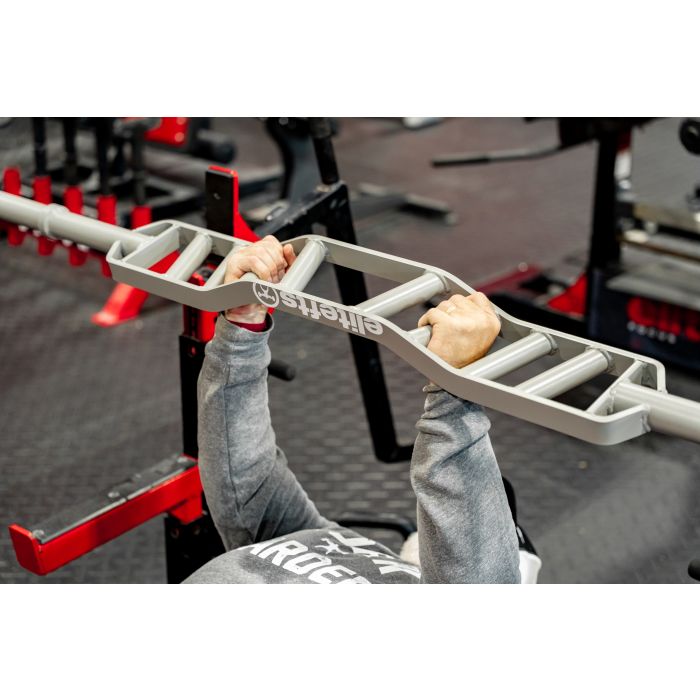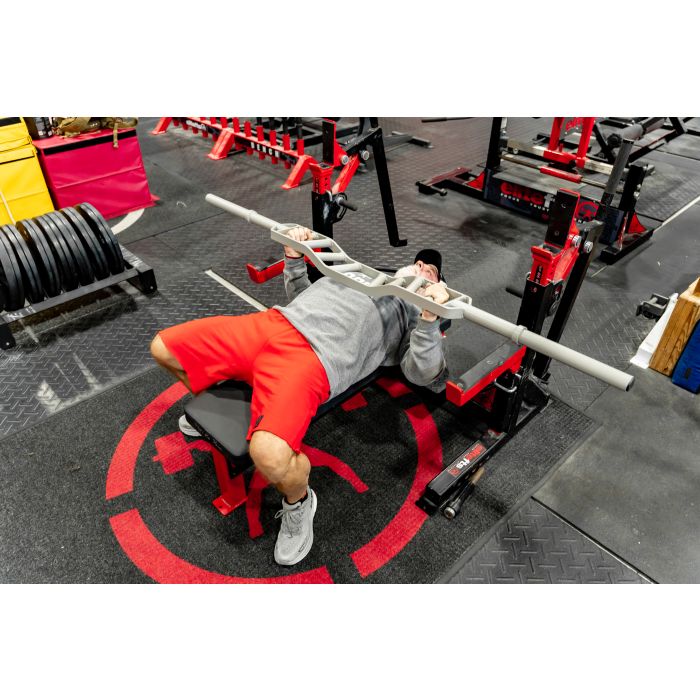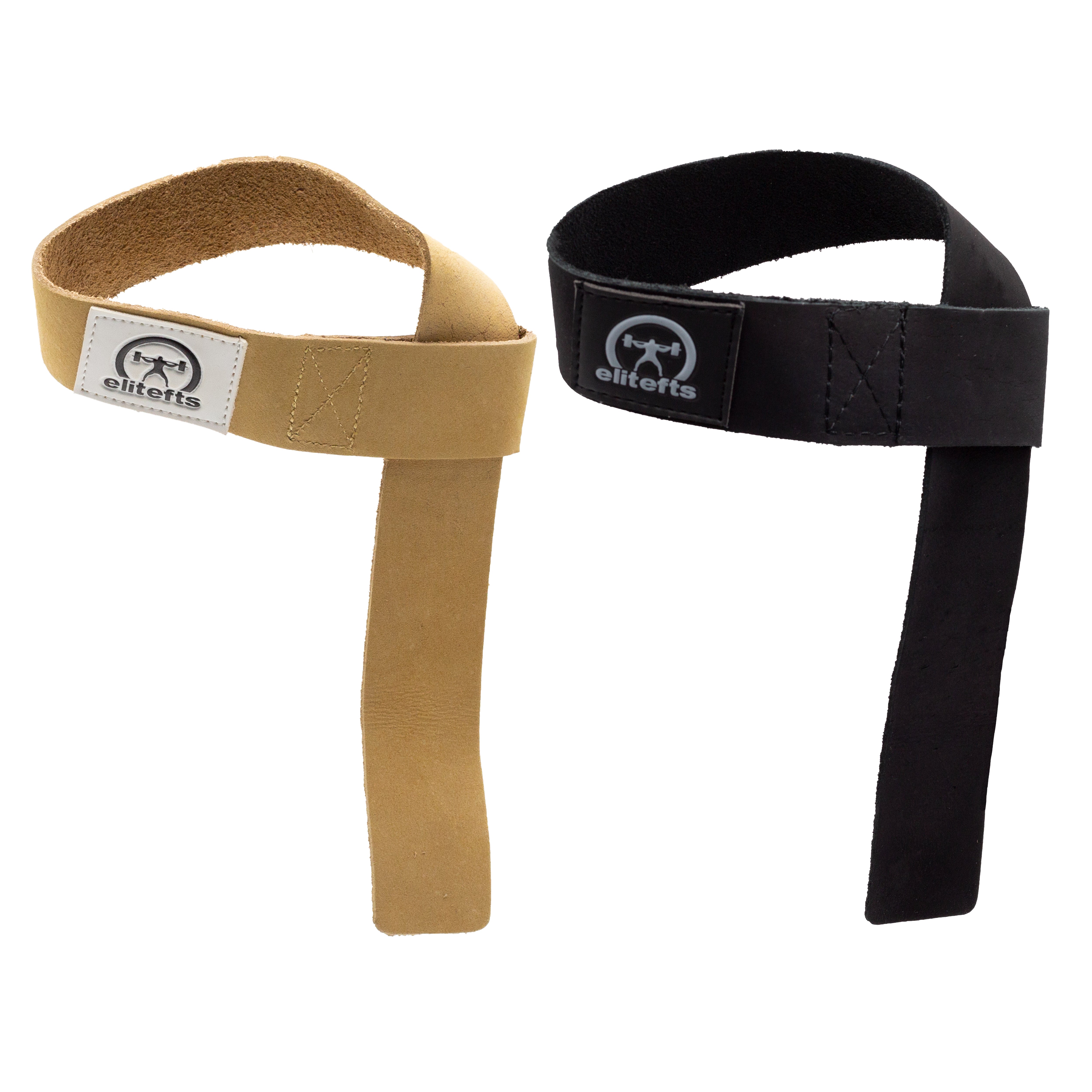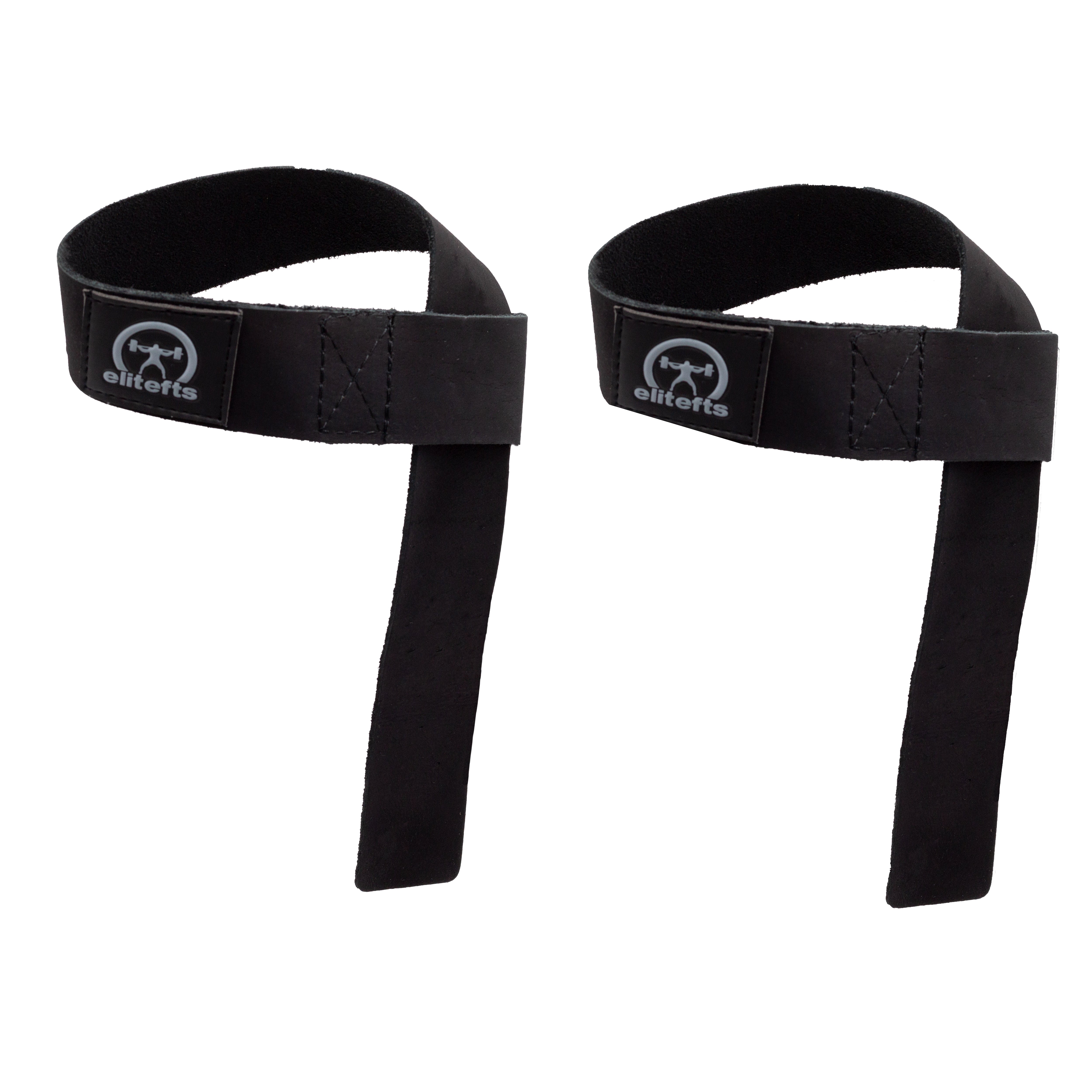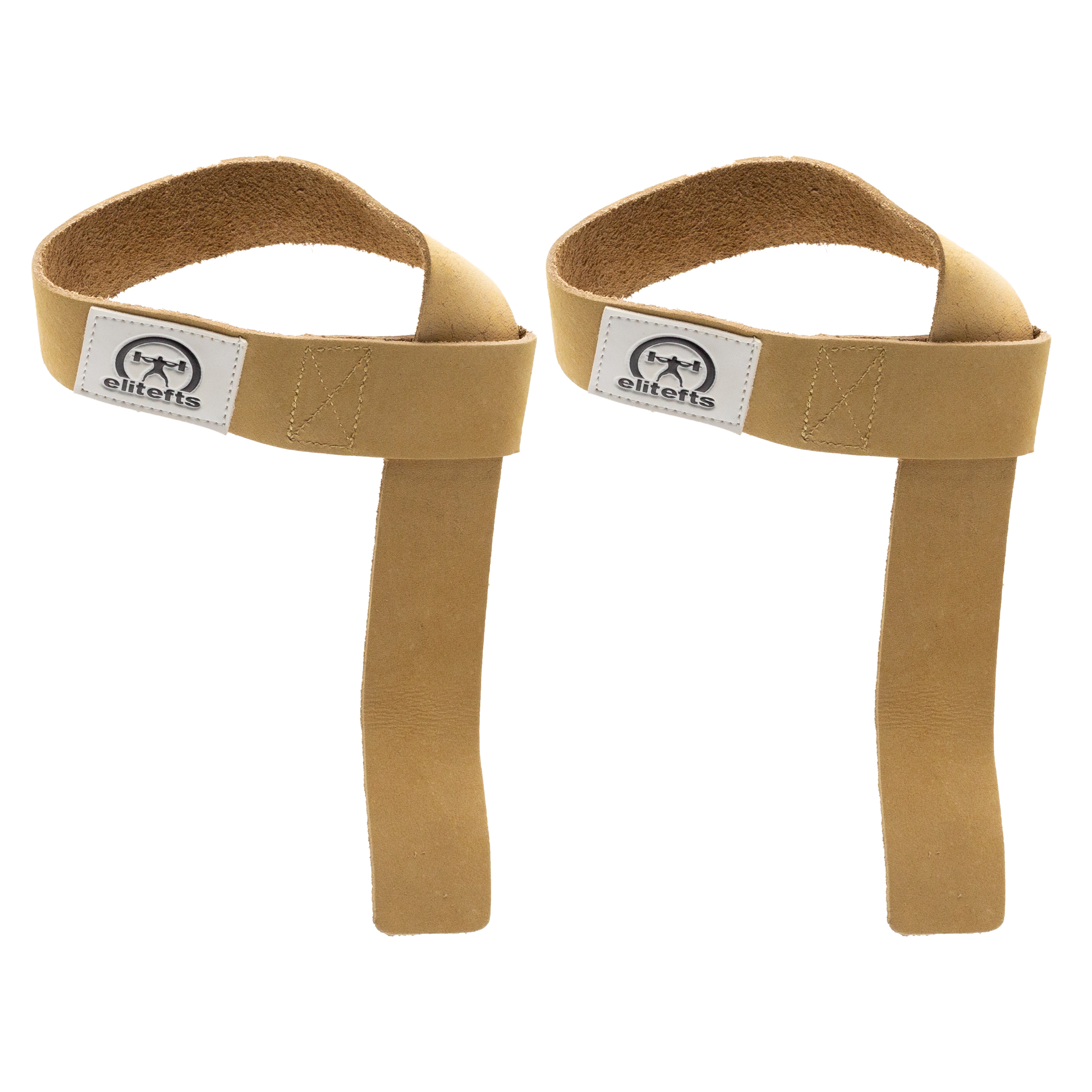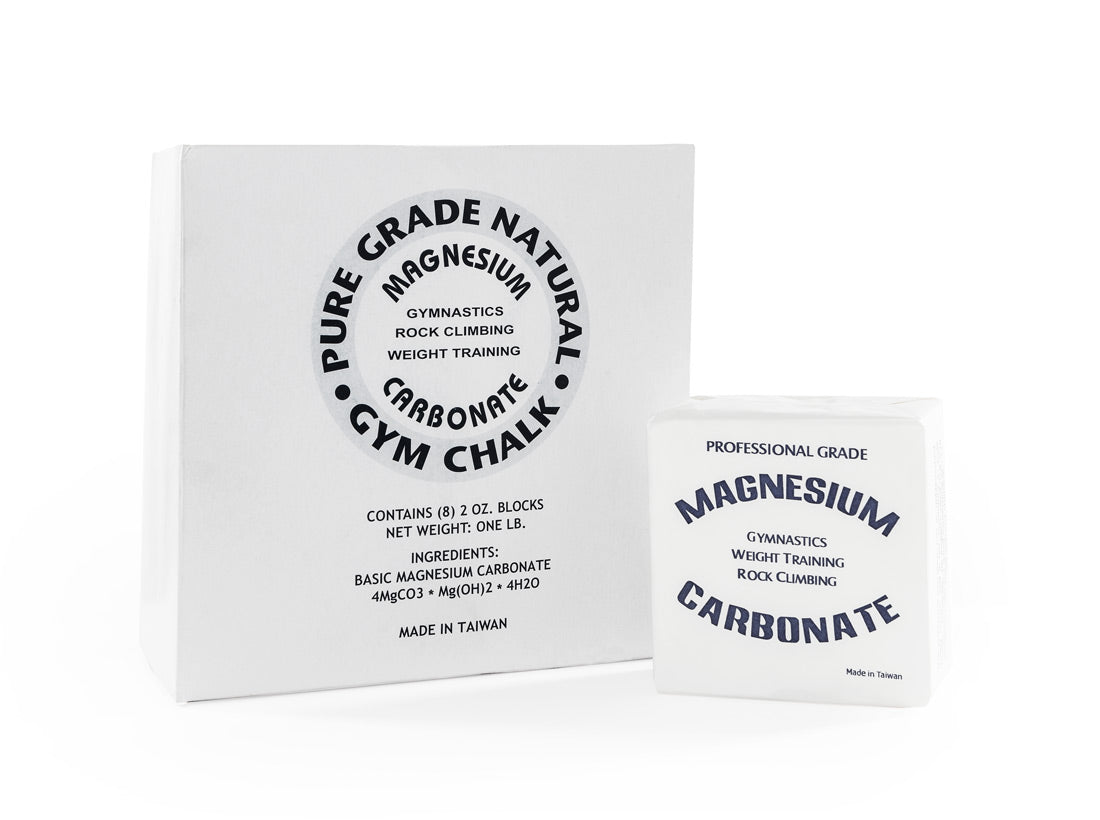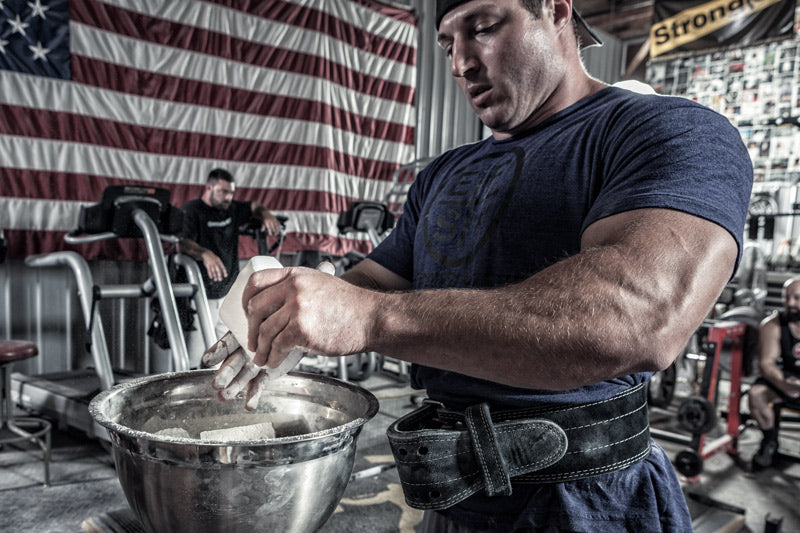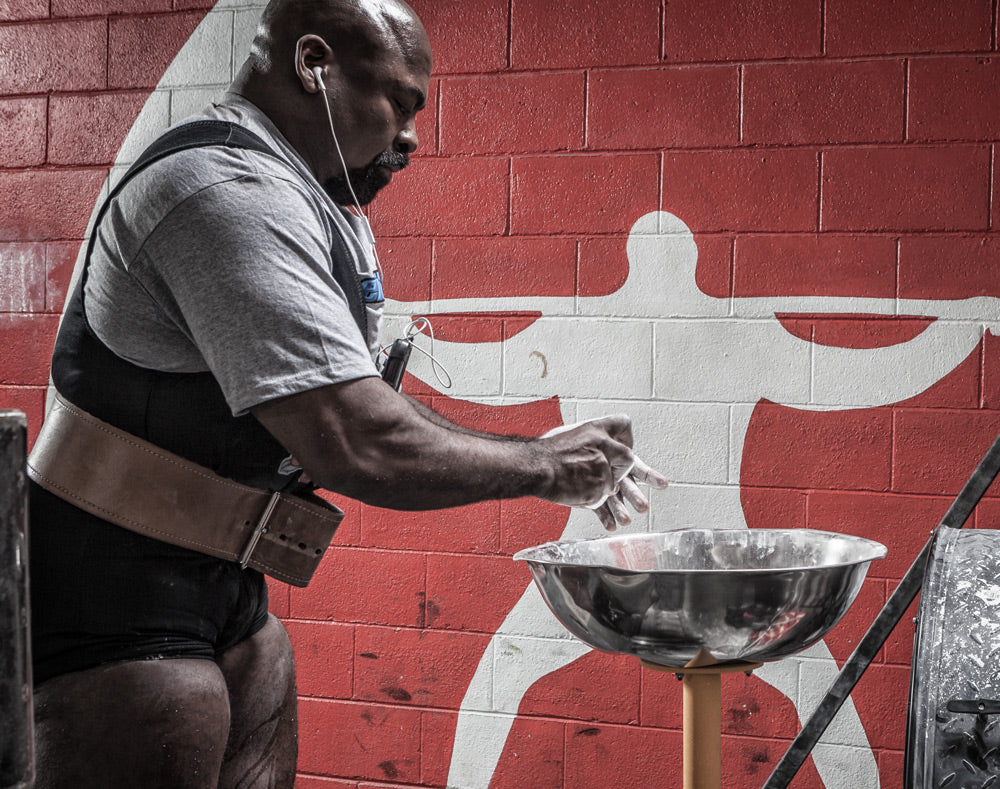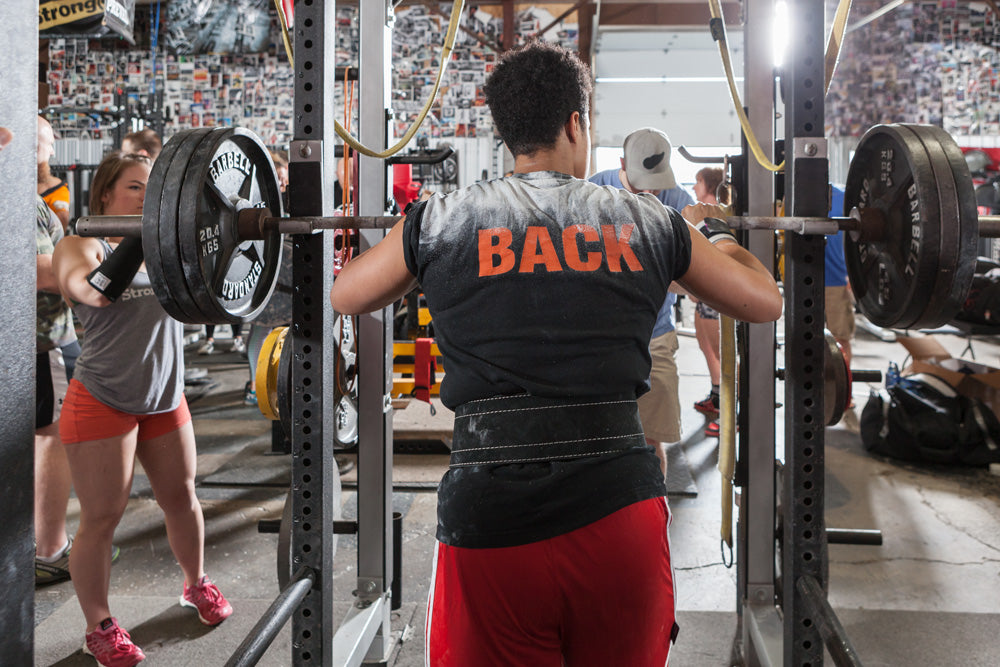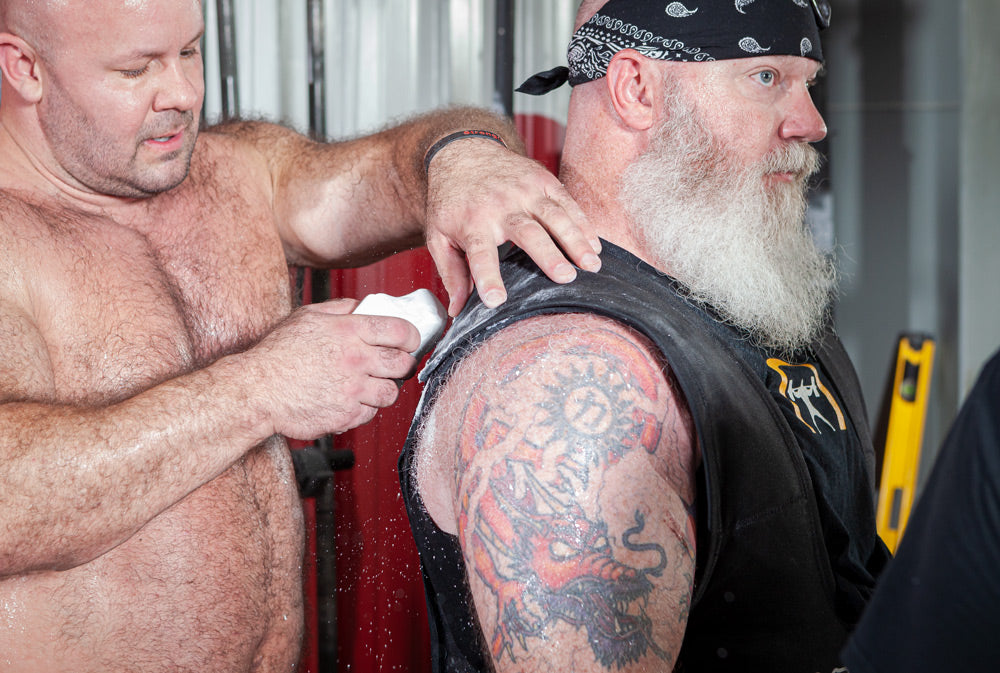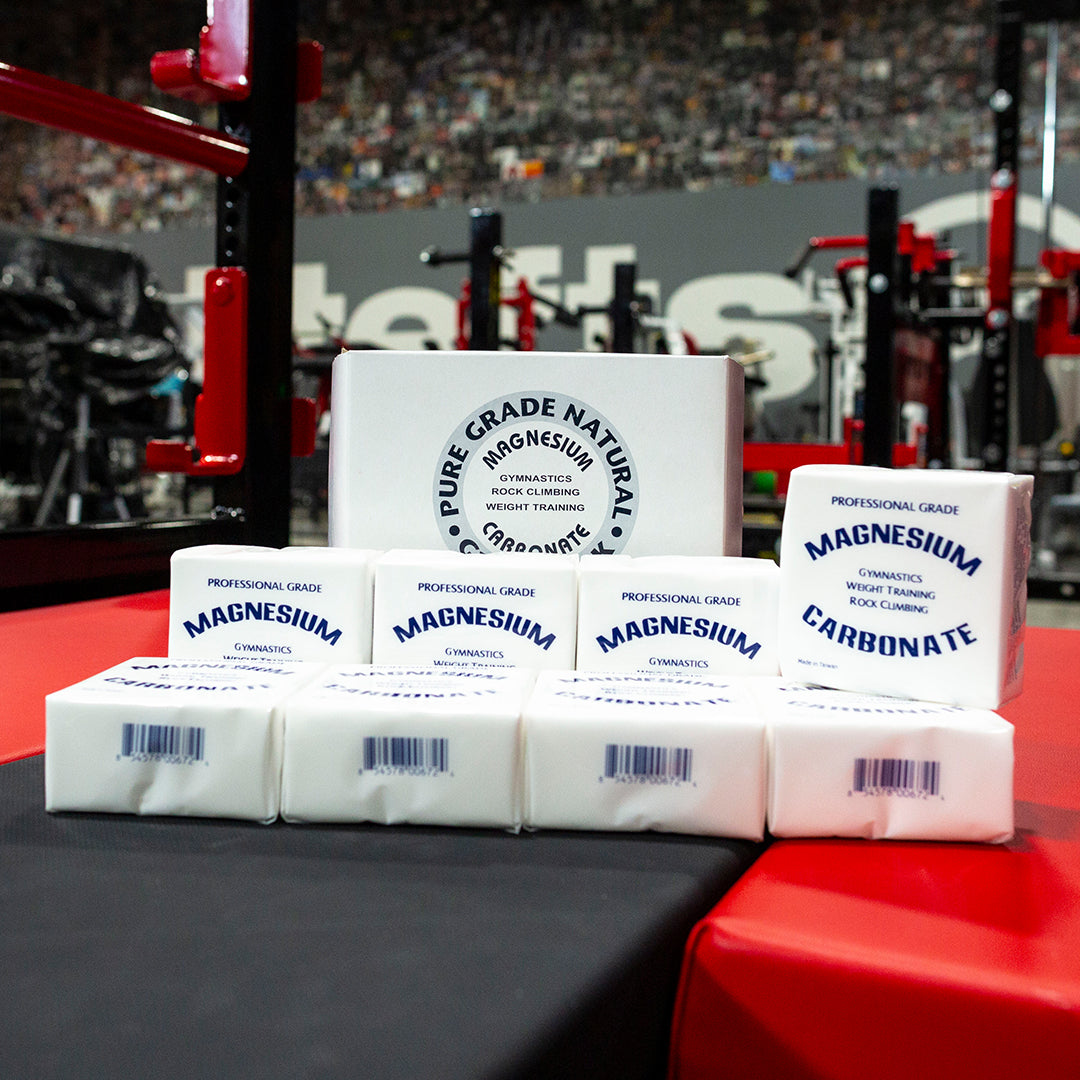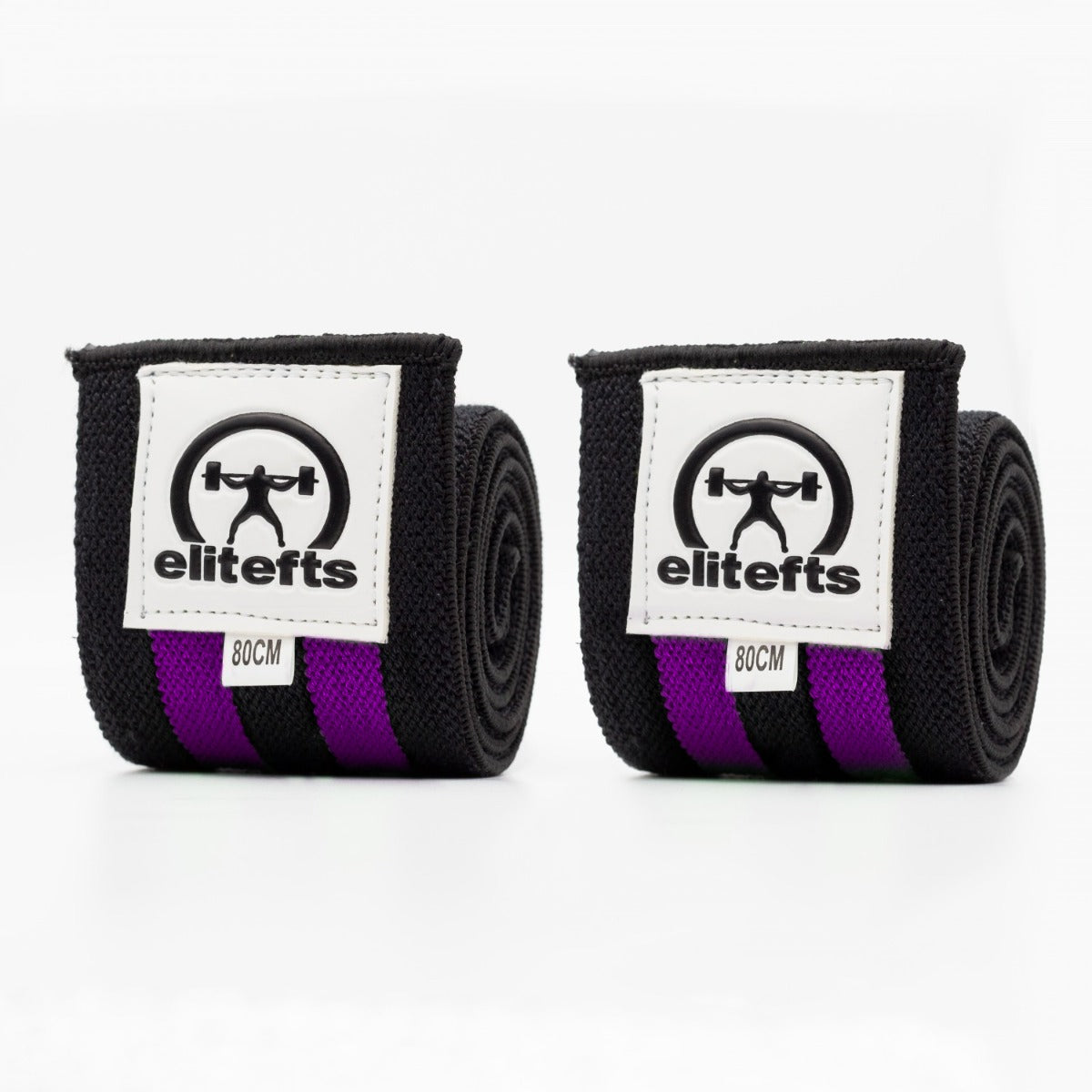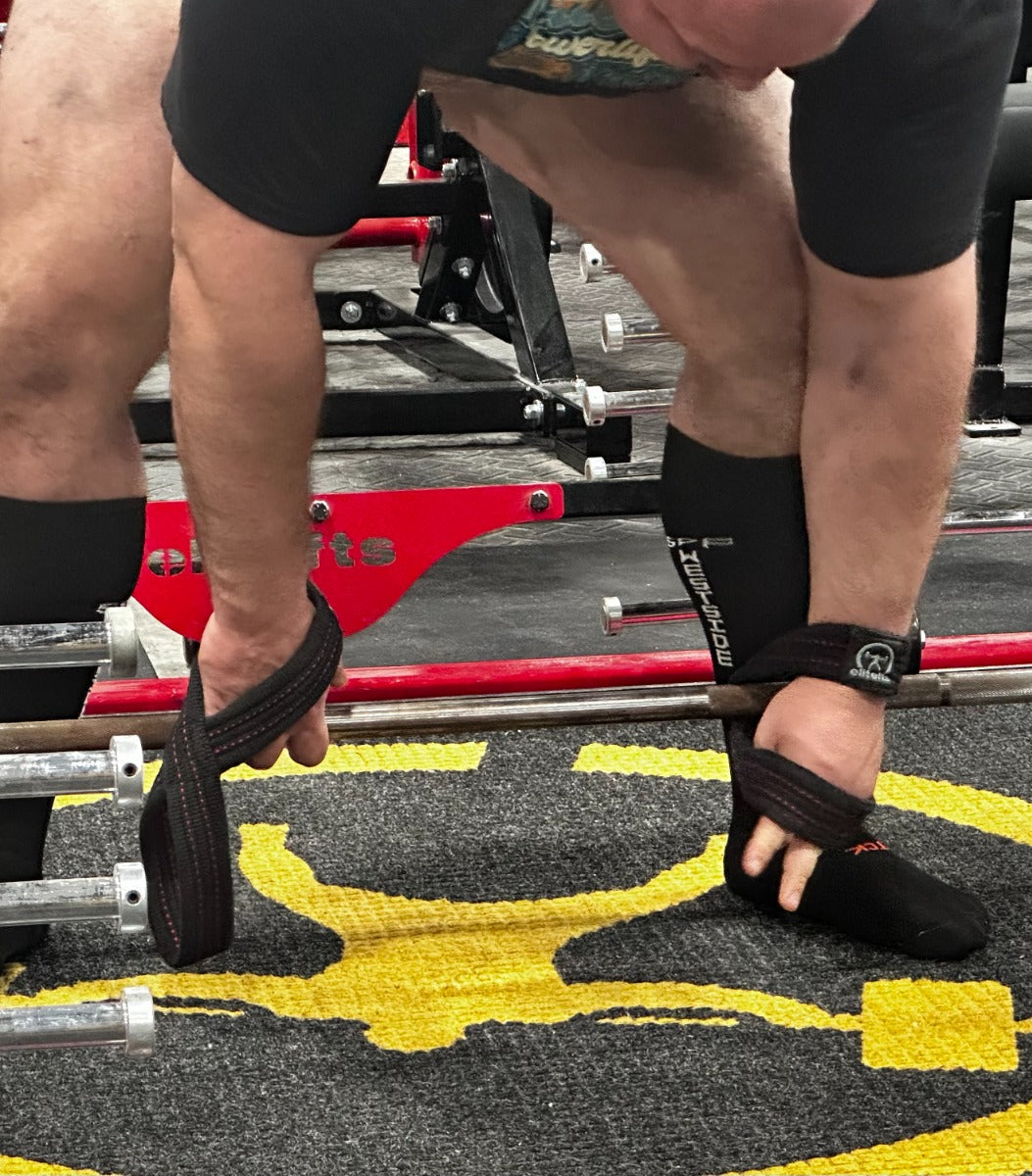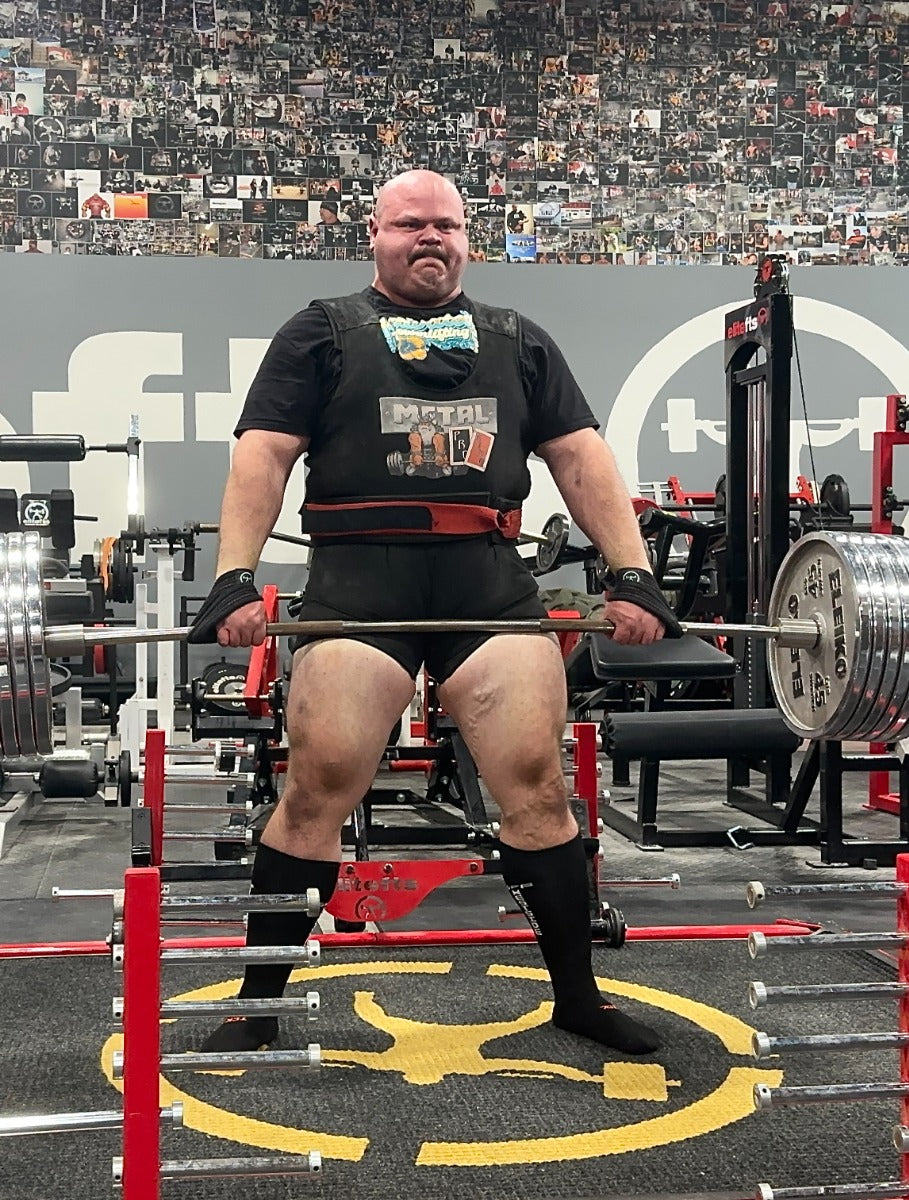I put up a post previously on social media in regards to a patient of mine who came in to me with "Frozen Shoulder" or "Adhesive capsulitis". All that really means is there is a sever restriction in movement associated with pain. He has previously had a cortisone shot so I was apprehensive as to what I was dealing with as this can sometimes further damage tissues and joints. Upon assessment and imaging we were cleared to move forward. I wanted to give you some insight as to how I progressed his treatment and a little about what we did. *DISCLAIMER* This is not medical advise and should not be treated as so. If you are experiencing pain it is advised you go see a medical professional. This is not meant to treat general symptoms. This was specific to this patient. Week 1: This week was all about working with the tissues that were restricting his movement. With bigger athletes who carry a lot of muscle soft tissue work, I've found, is essential. We worked on decreasing the tone of the structures that attached to the shoulder that showed hyper-tonicity, exhibited pain through movement, and tested weak during manual muscle testing. This mainly consisted of the Lats, serratus anterior which wash inhibited and causing the lats to over work, as well as the pec minor. After release we went into some passive PNF mobilizations to end range with very light isometrics to increase ROM, and build "safety" in that range. This is a great way to trick the brain into opening up new ranges of motion. We then worked on scapular mechanics and rib cage positioning. These two go hand in hand. You can not work one without the other. Week 2: Week 2 was much of the same with less attention to soft tissue work and building up the volume and tolerance to his new ranges of motion. We also added in K-Tape which for this patient made a big difference. The case is still out on medical taping however I believe it still holds its purpose when used correctly. This week we added in direct exercises for the serratus anterior, low trap, breathing drills. As his range of motion began to improve we slowly added in loaded eccentrics for some controlled release. Breathing was a huge part of this. Nothing was performed without proper trunk position and breathing. Week 3: During this we saw a significant reduction in pain from 7 out of 10 to a 3. Pain scales are very subjective but good for scaling general improvements. During this week we introduced some low grade dynamic stability exercises with bands. This focused on stabilizing the scapula and using the proper muscles to do so. Week 4: This was a continuation of week 3 with increasing in intensity and slightly volume. We now have a full range of motion and will begin working within that range to build stability and endurance. K-Tape was removed this week and position remained improved. Here is a video of said patient performing a full circumduction movement. This is a half kneeling CARS (Controlled articular rotation). This will now be our new starting point into his performance phase.

Patient shoulder rehab

EliteFTS Table Talk— Where strength meets truth. Hosted byDave Tate, Table Talk cuts through the noise to bring raw, unfiltered conversations about training, coaching, business, and life under the bar. No fluff. No hype. Just decades of experience — shared to make you stronger in and out of the gym.

Join the Crew!
Support us and access premium content monthly!

